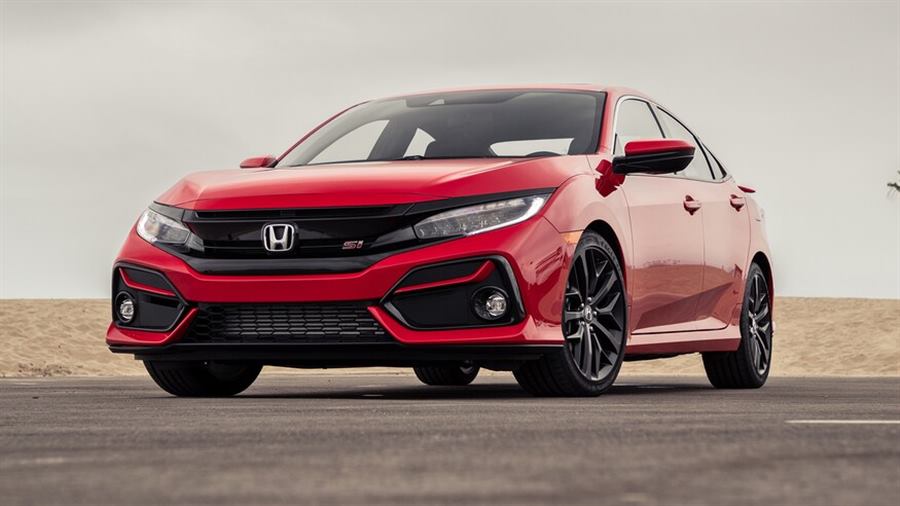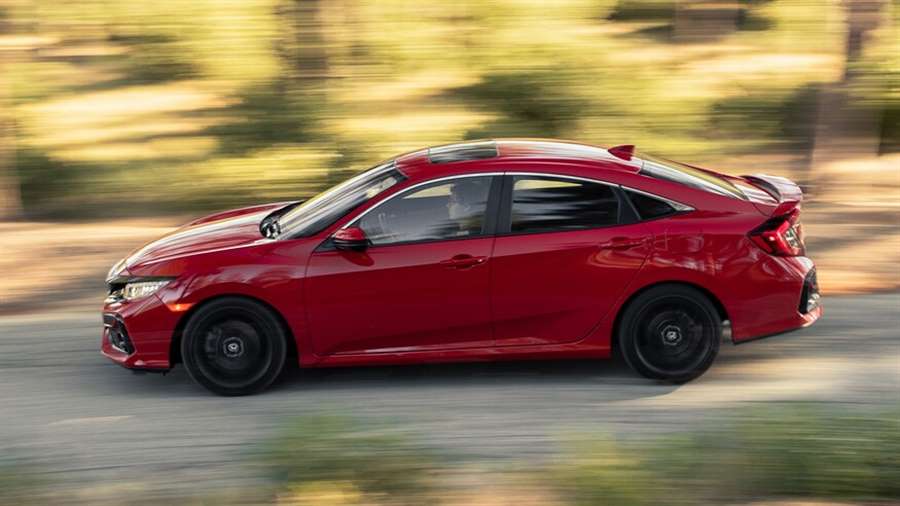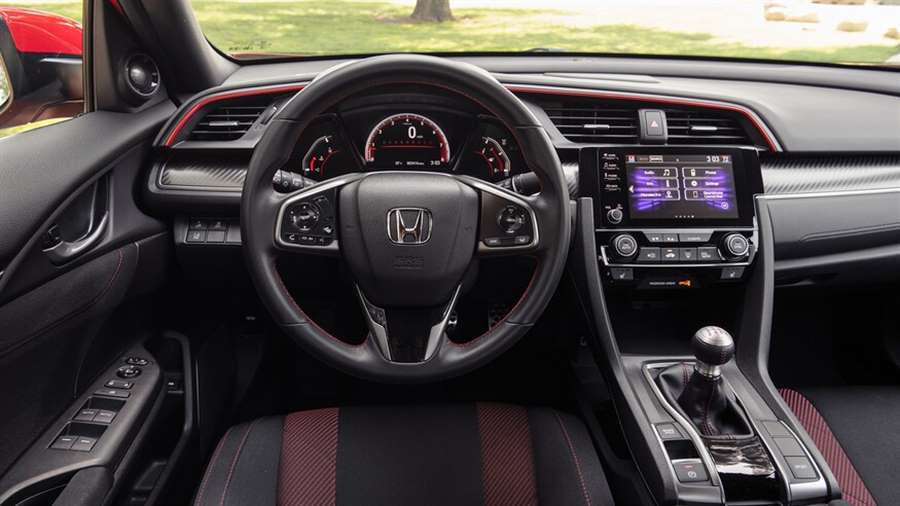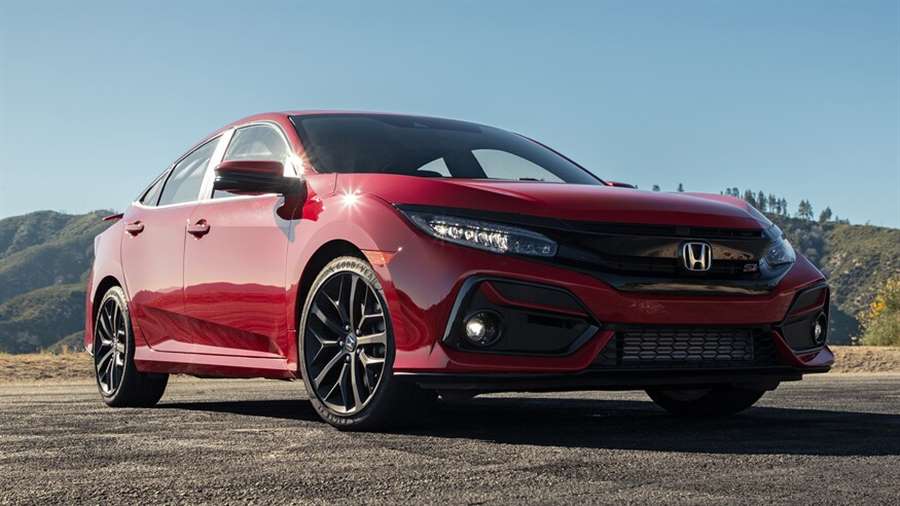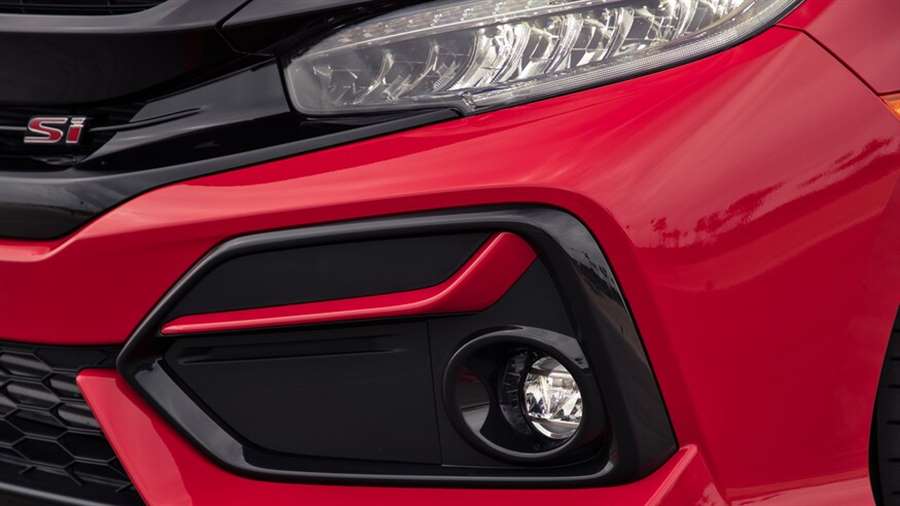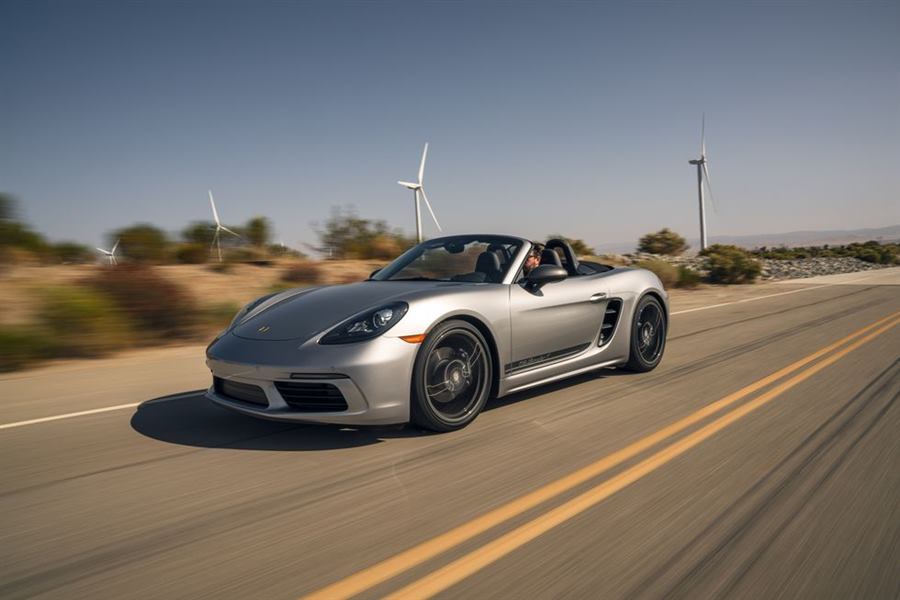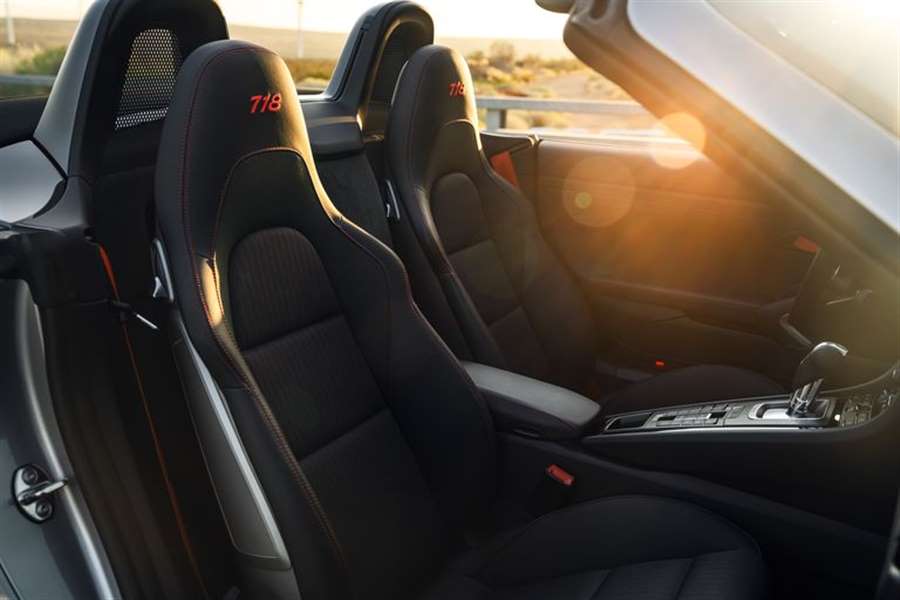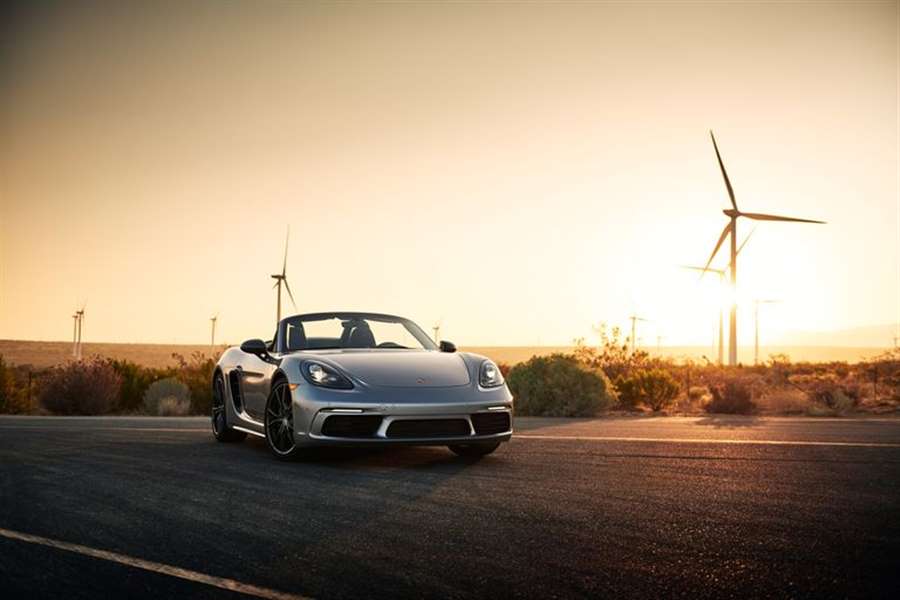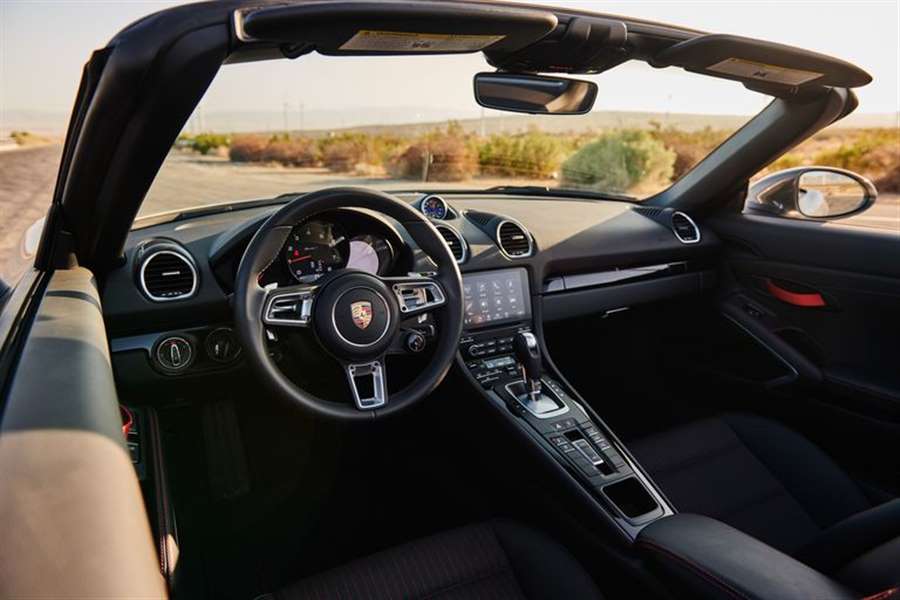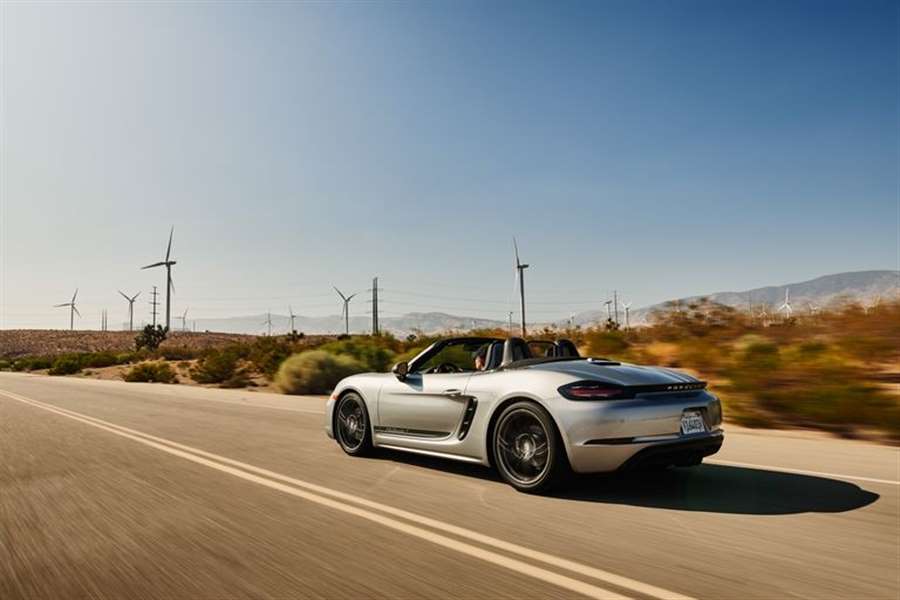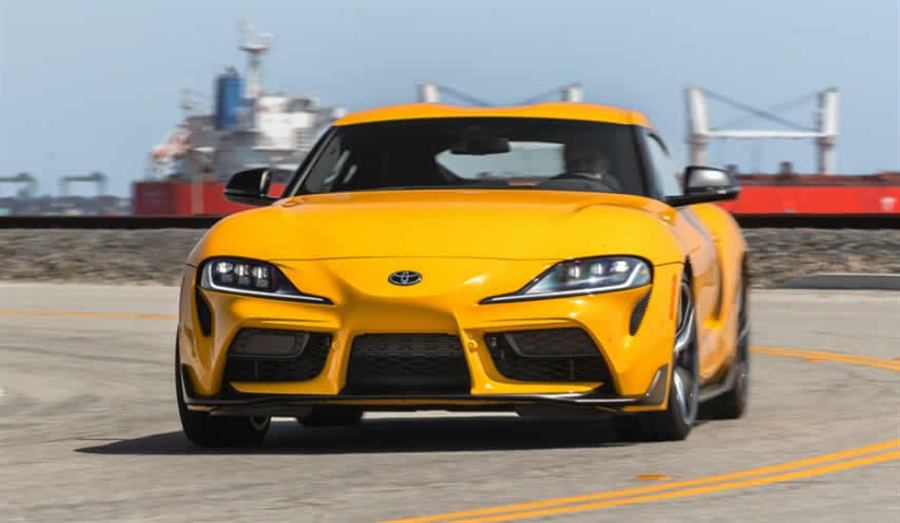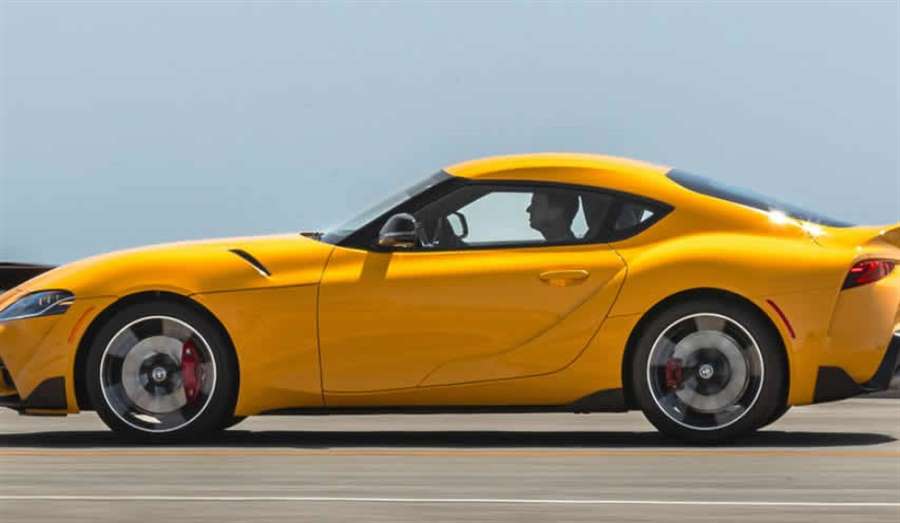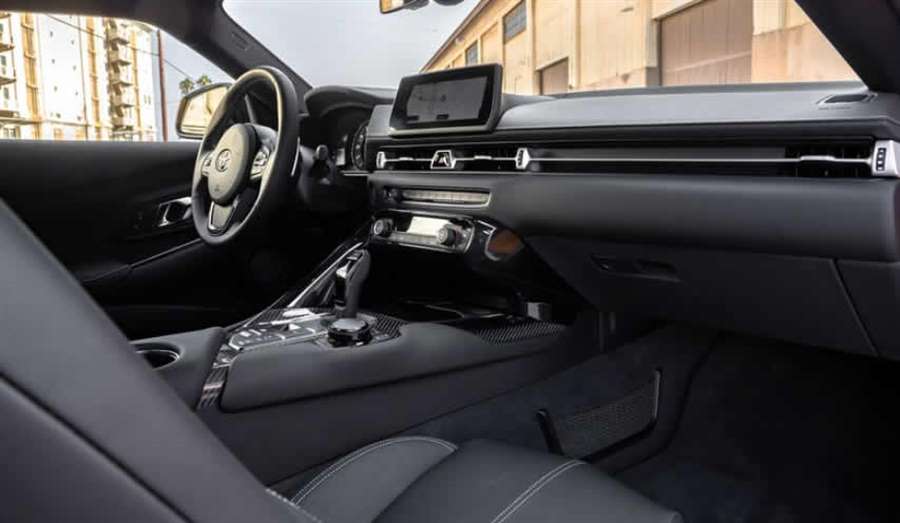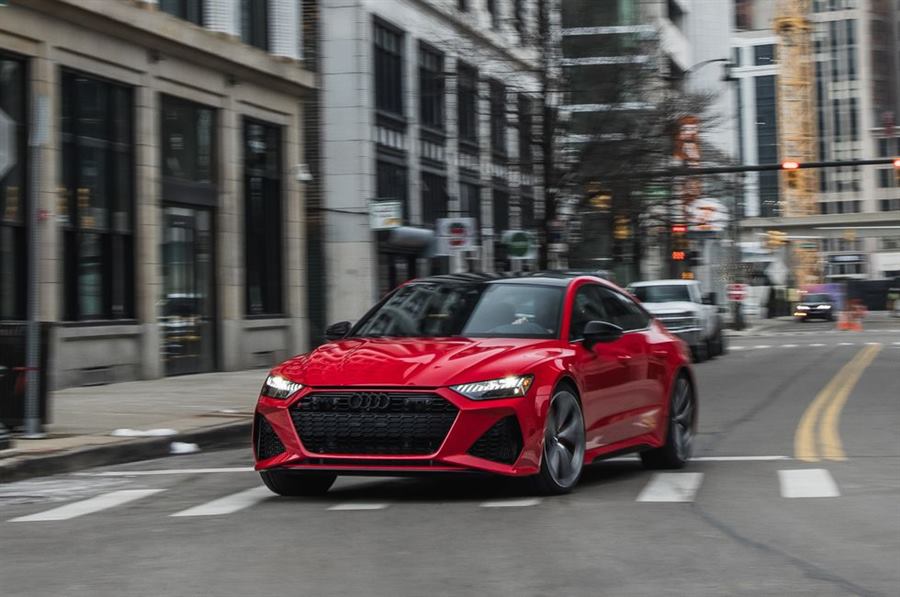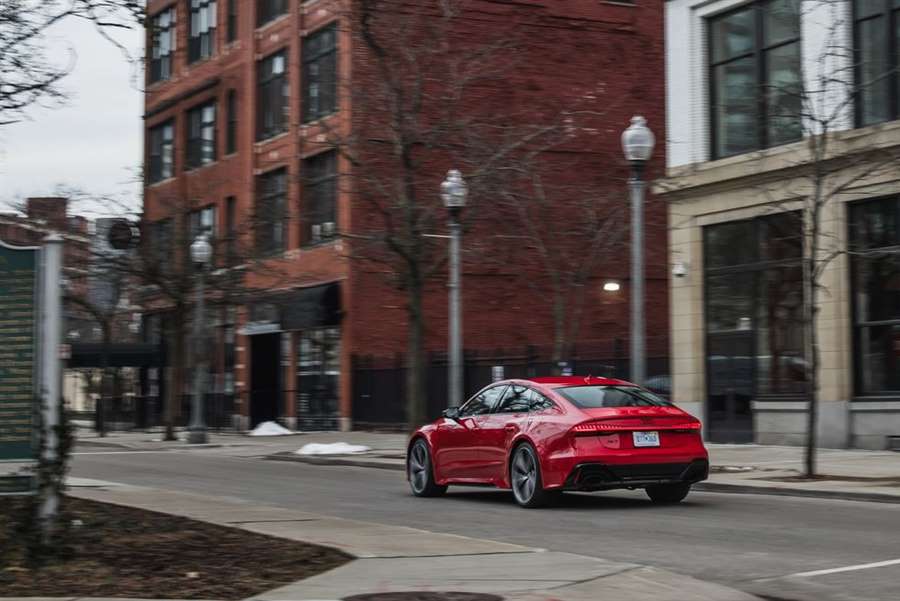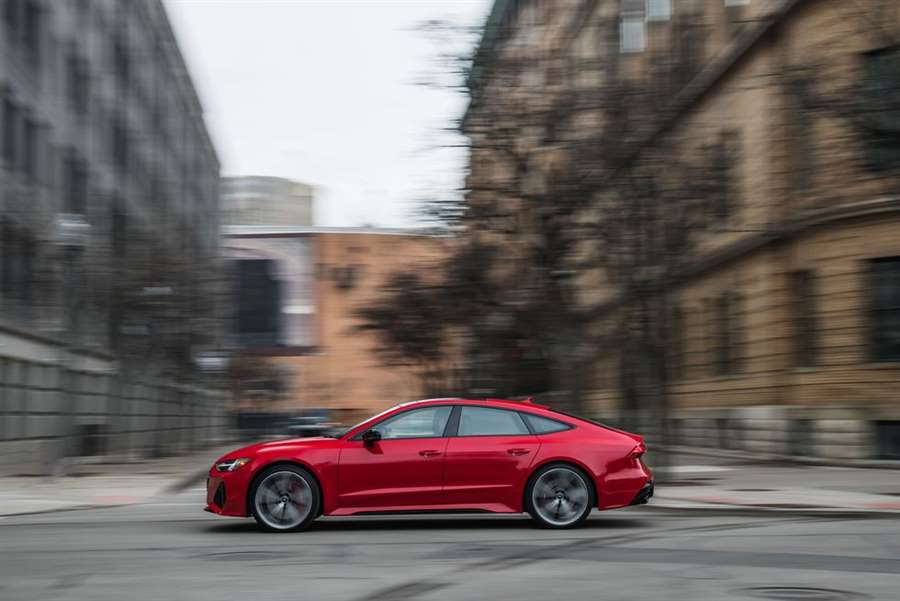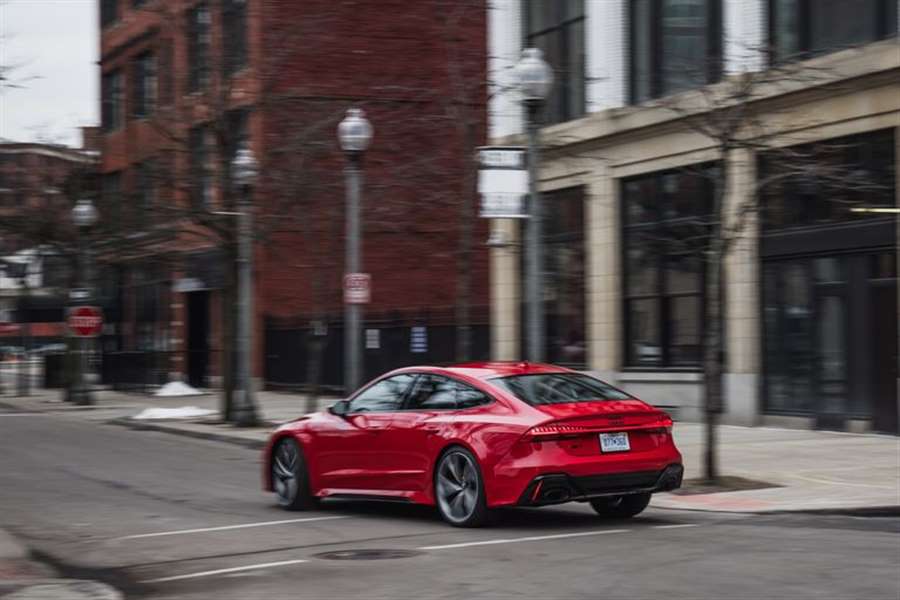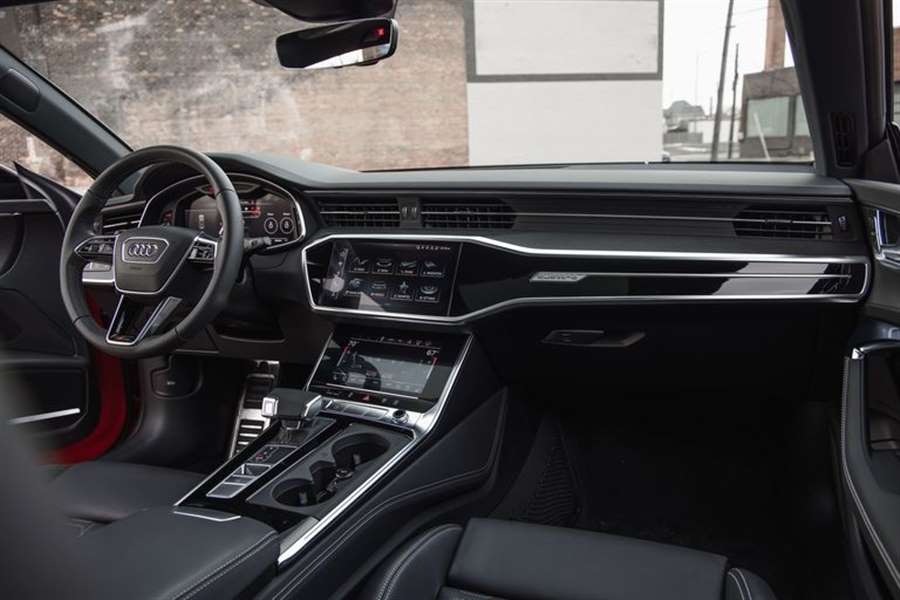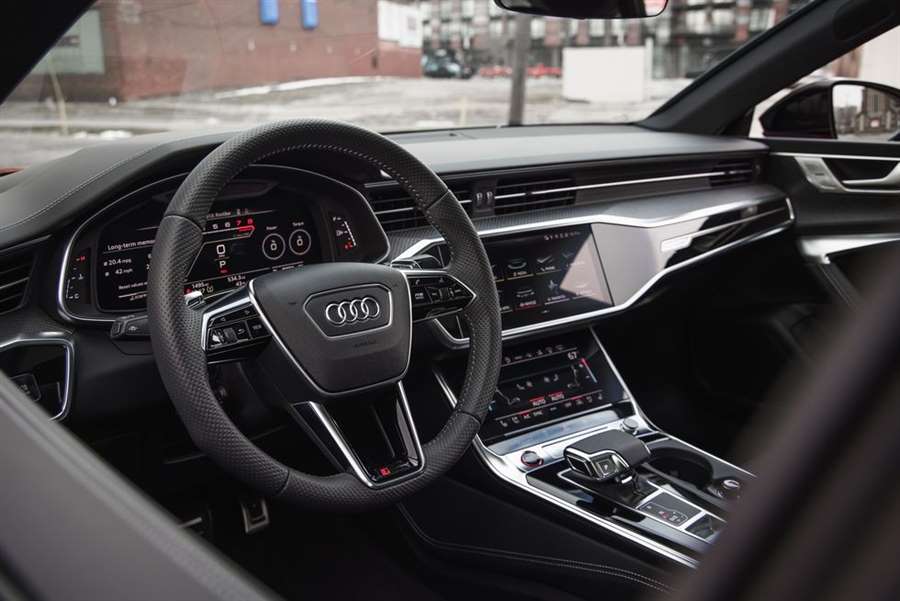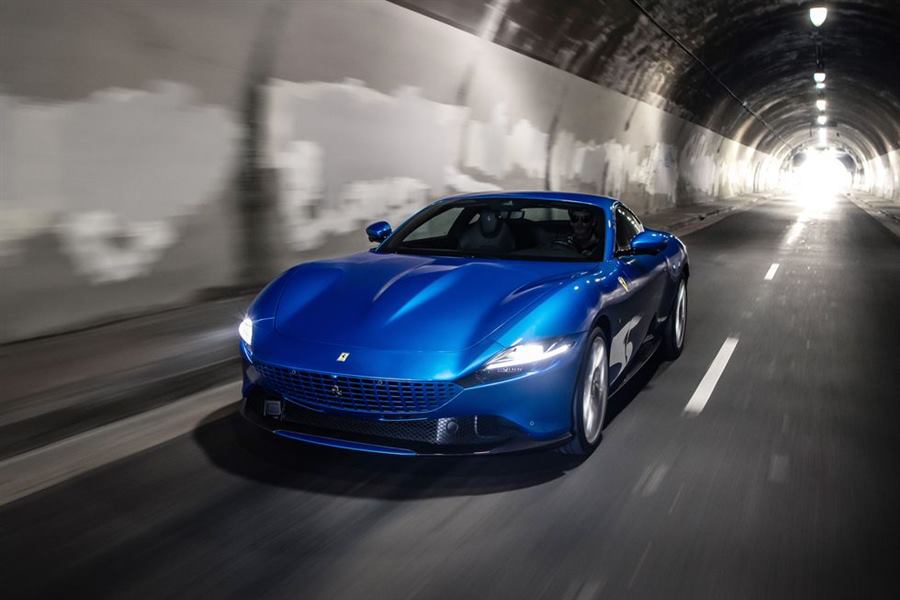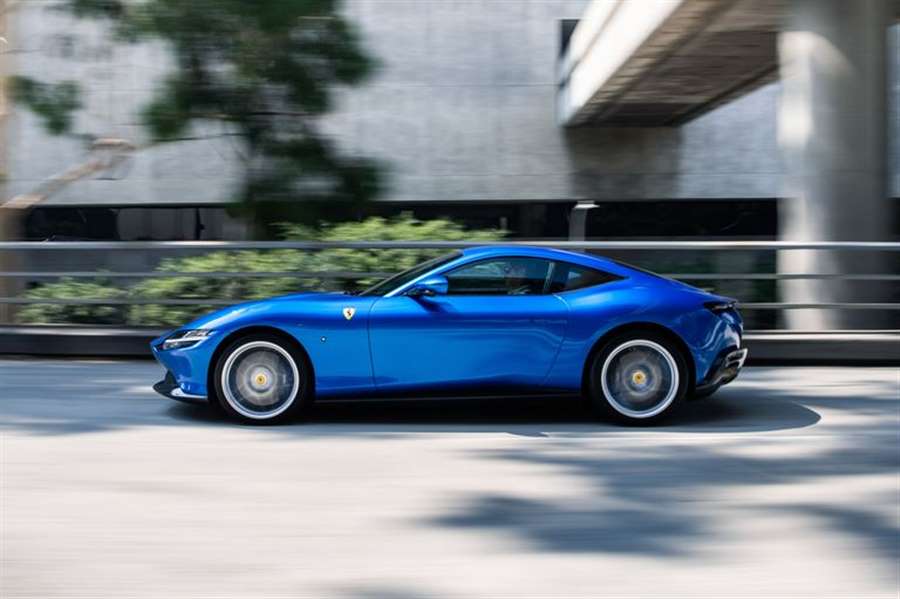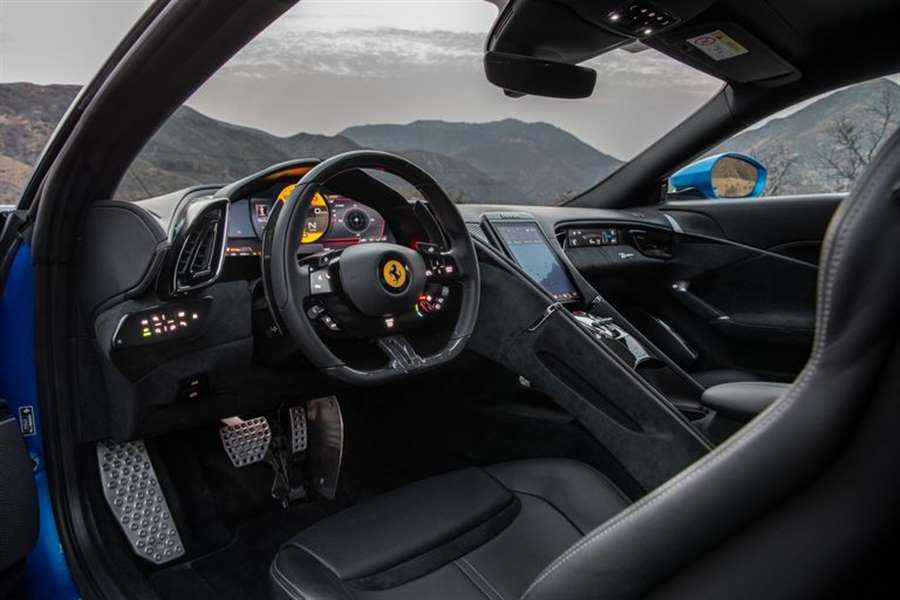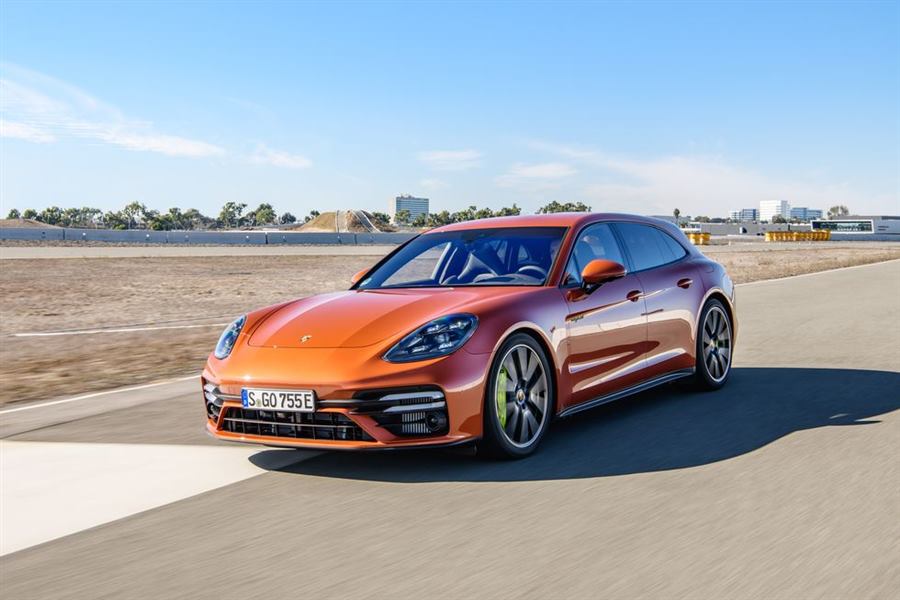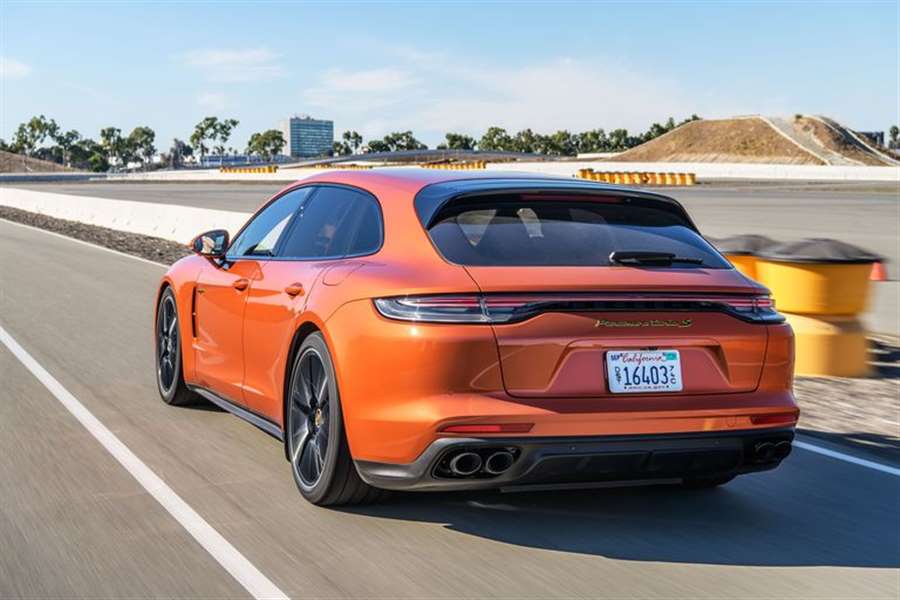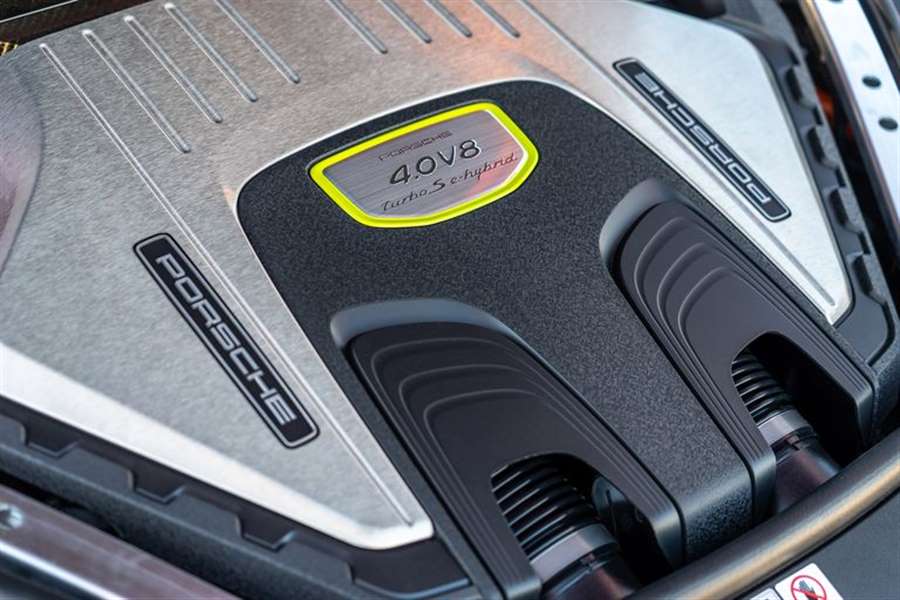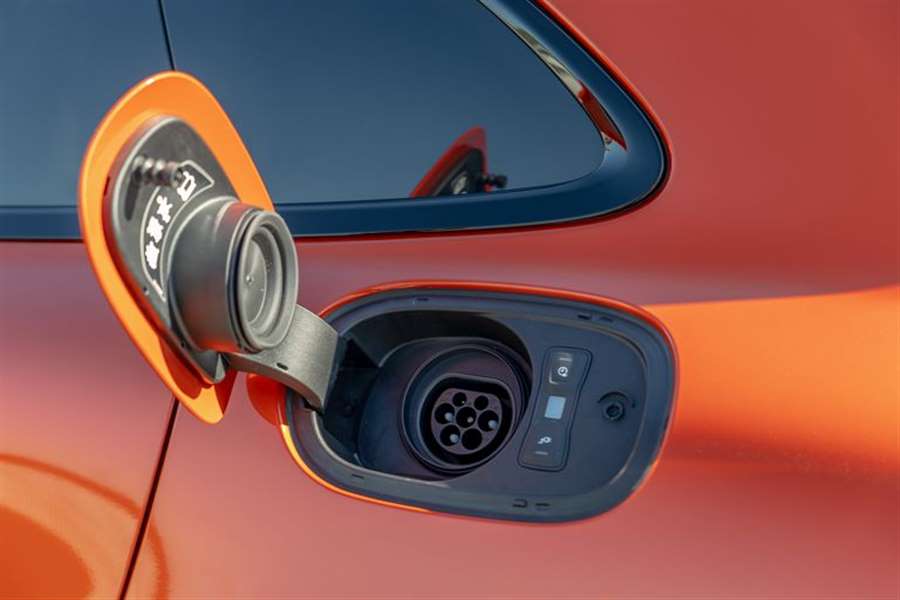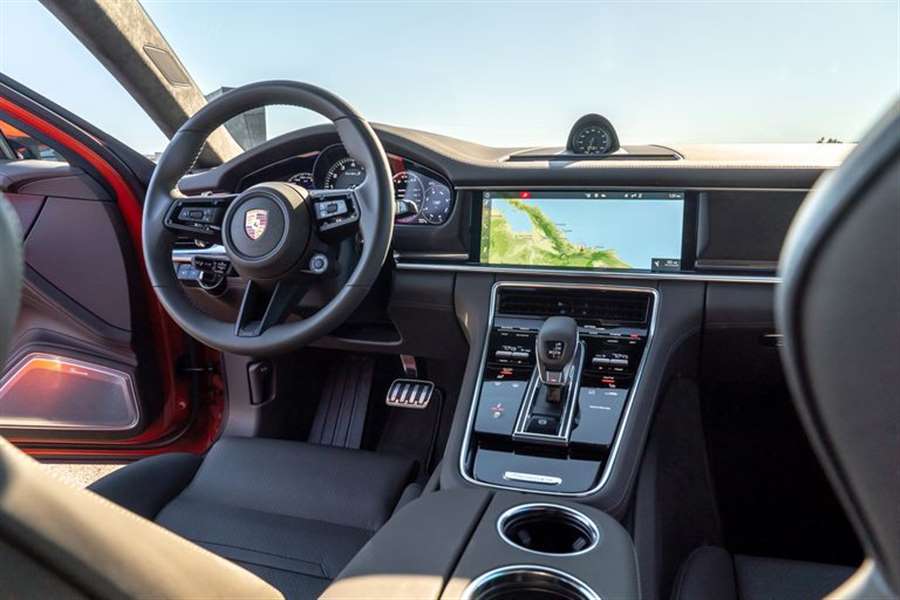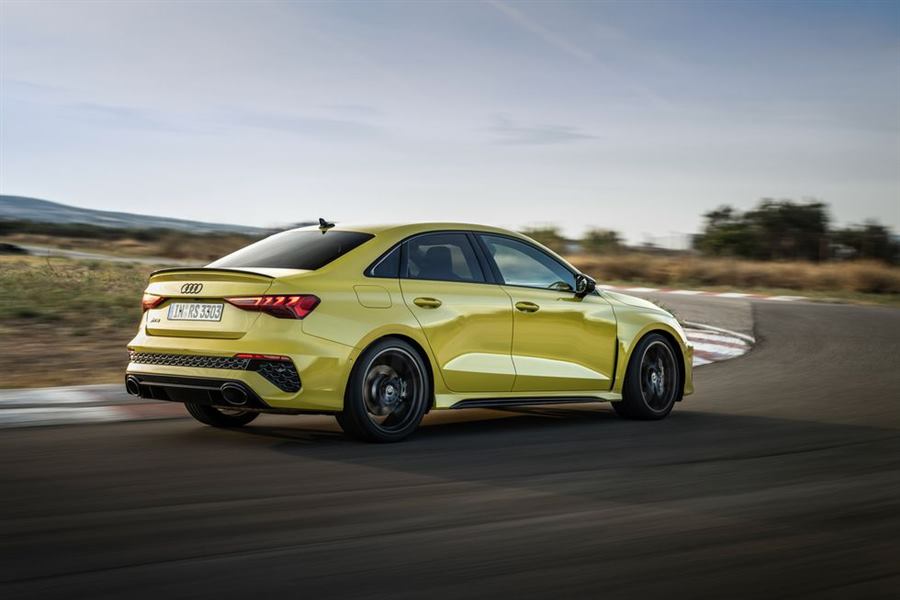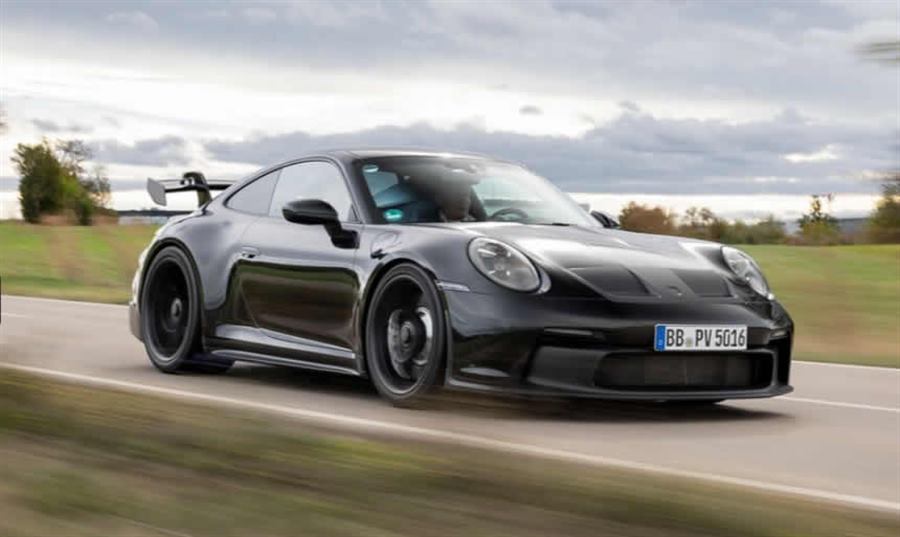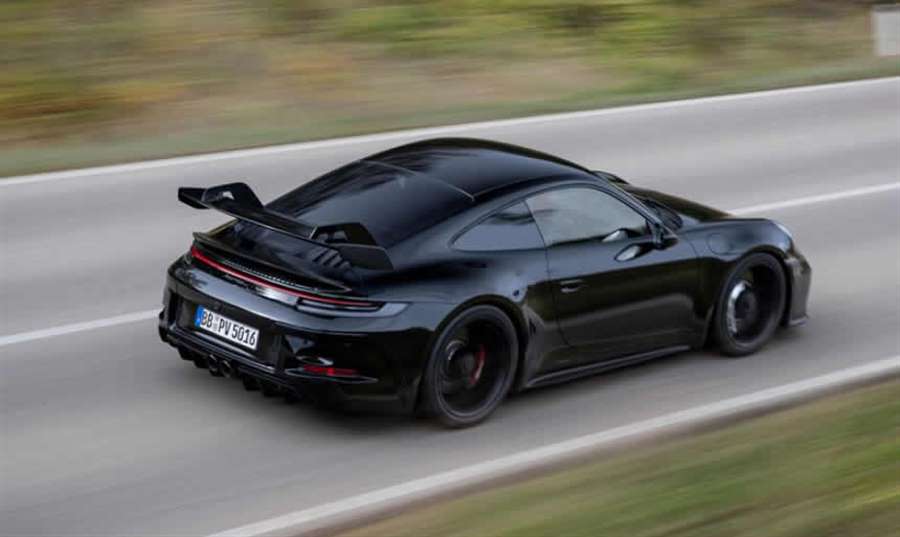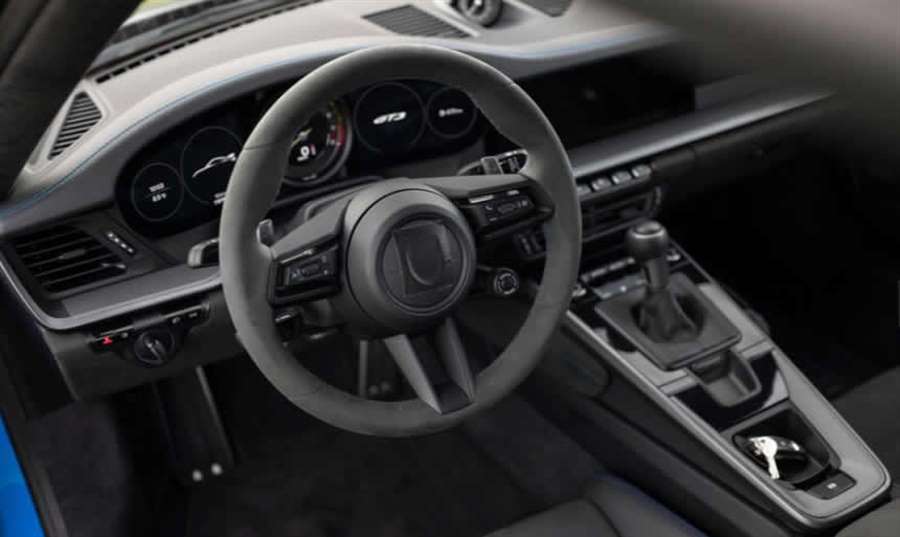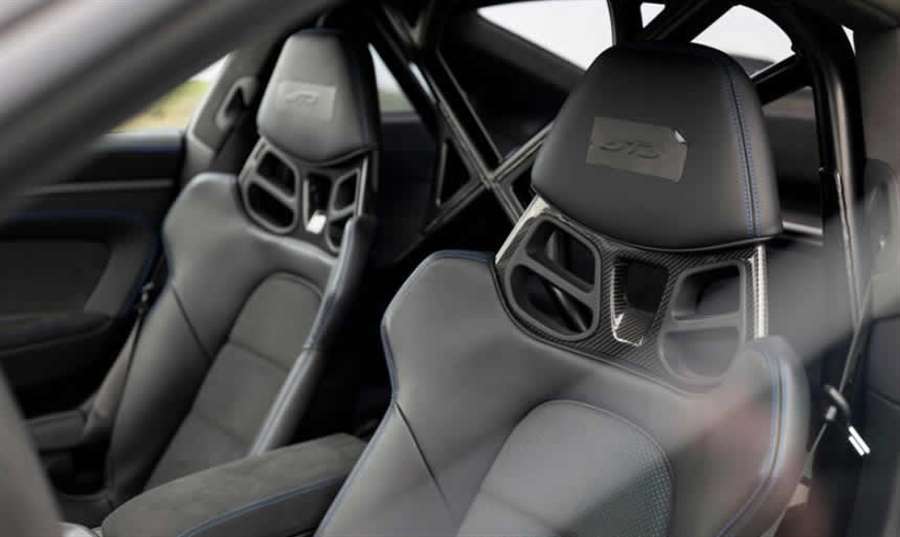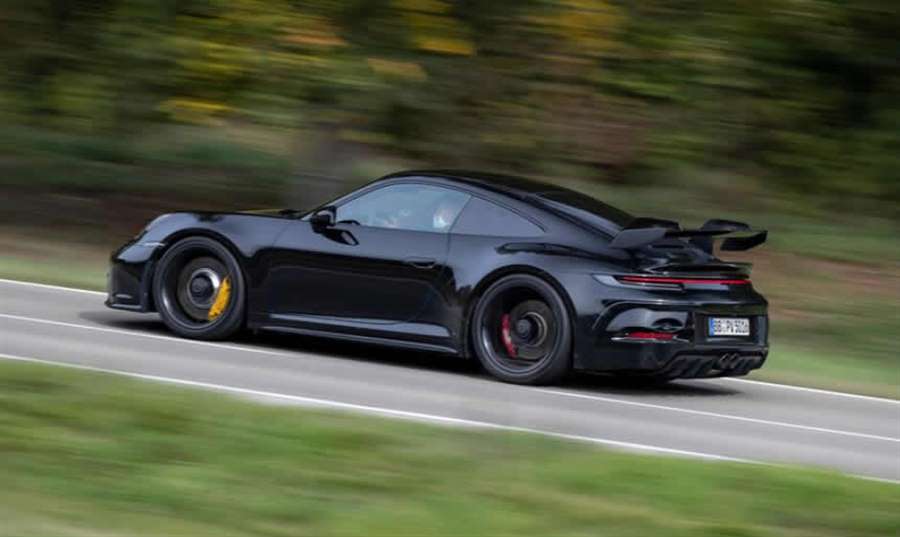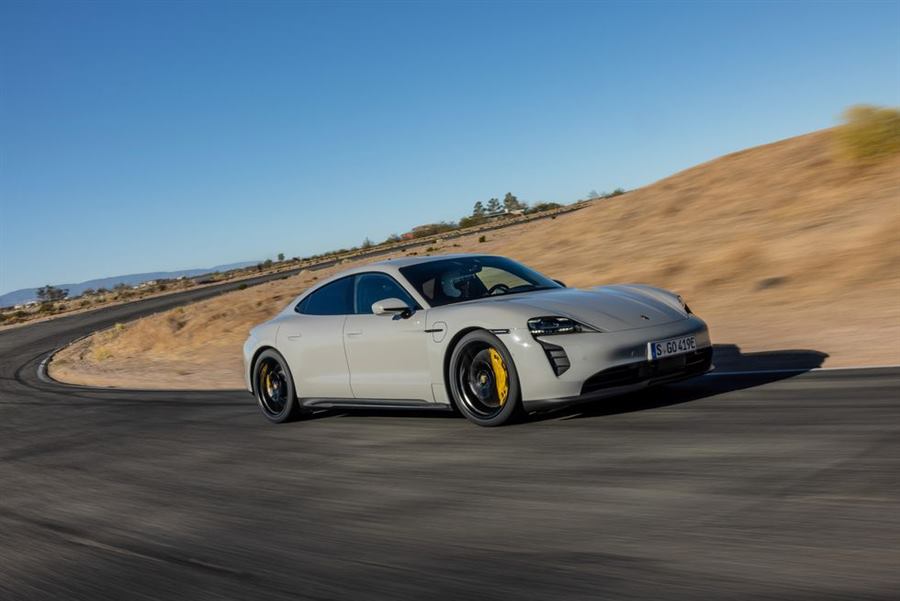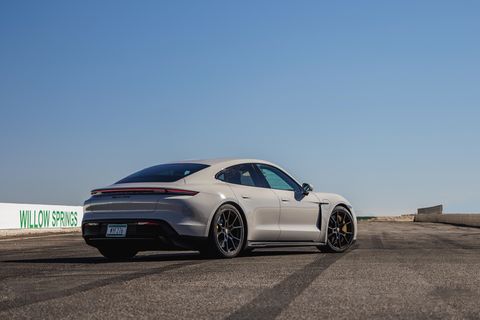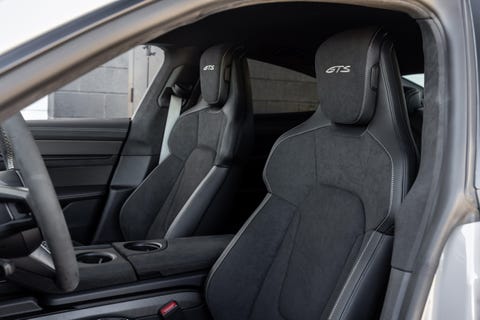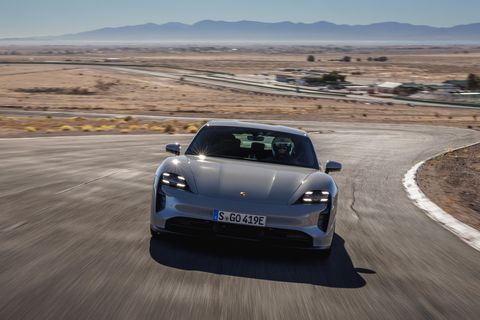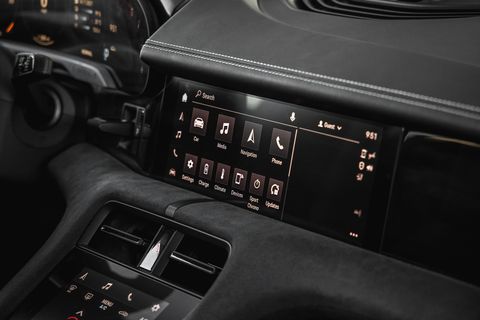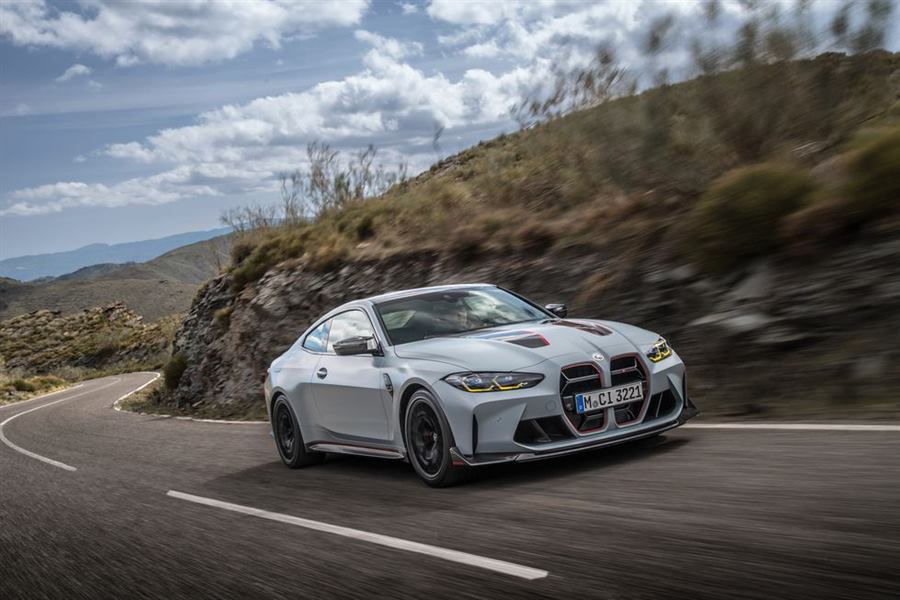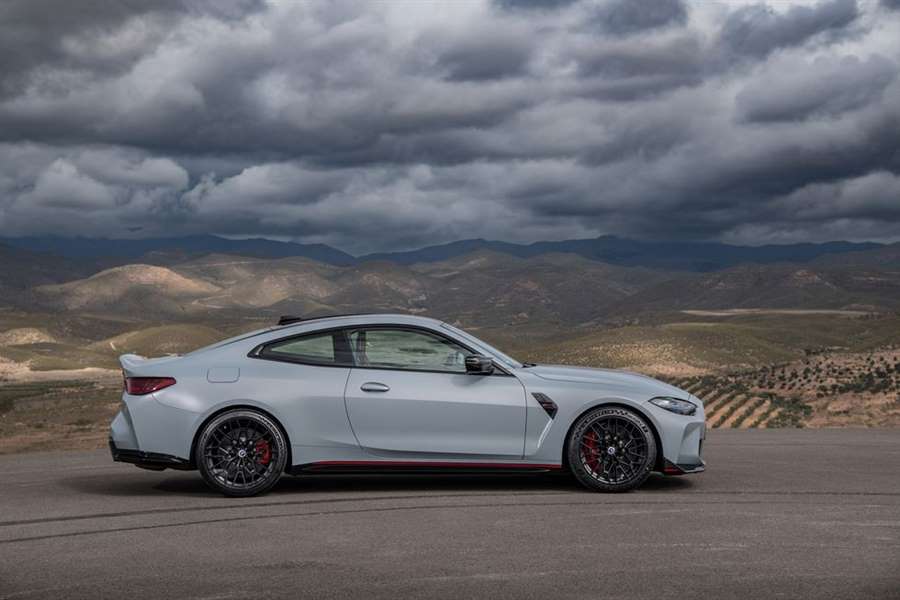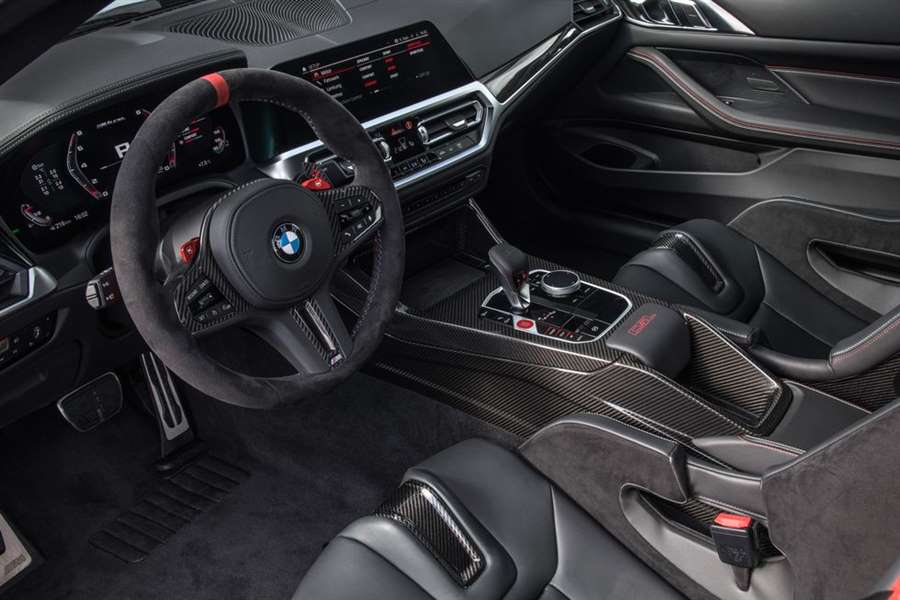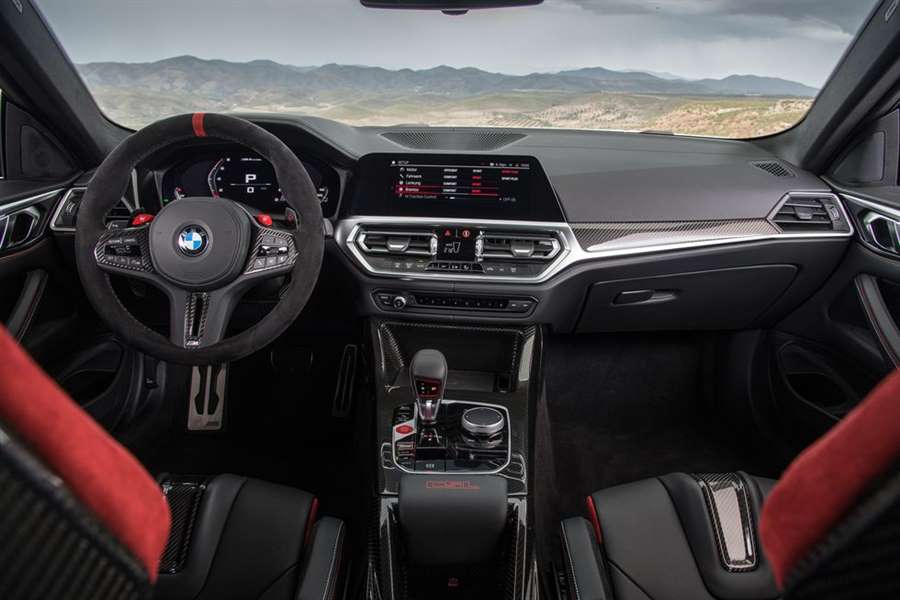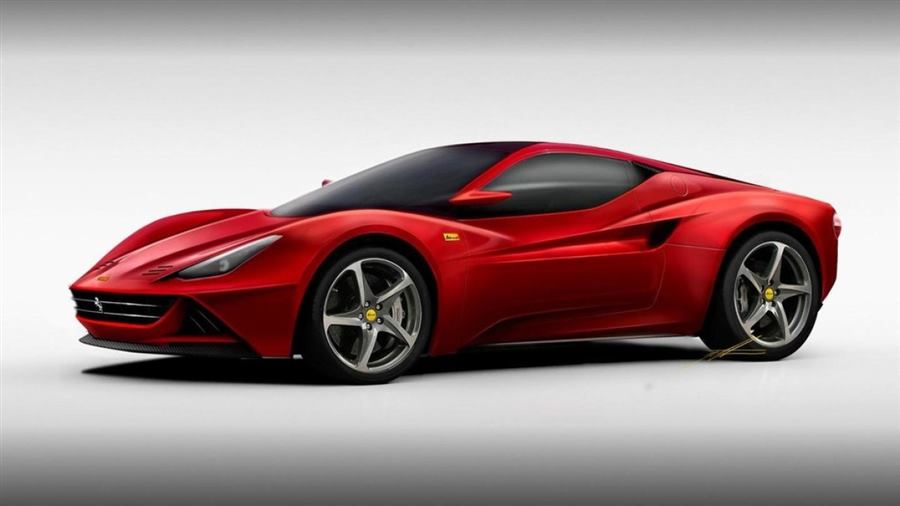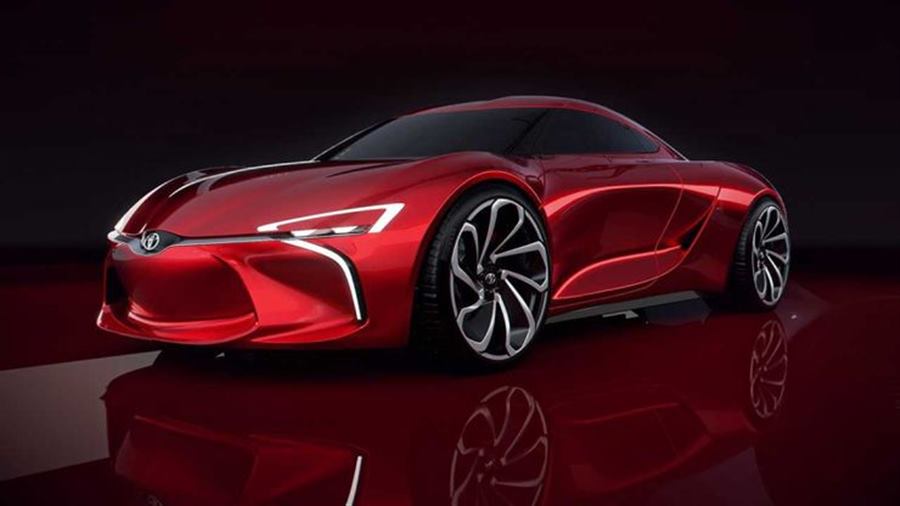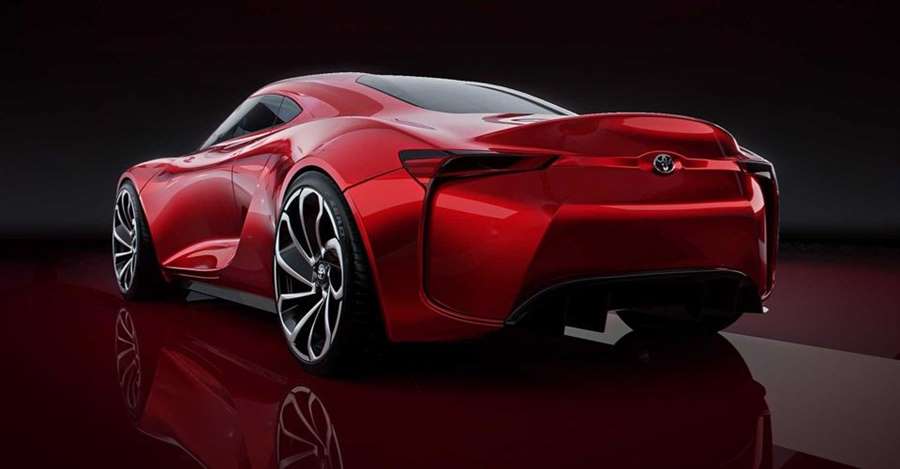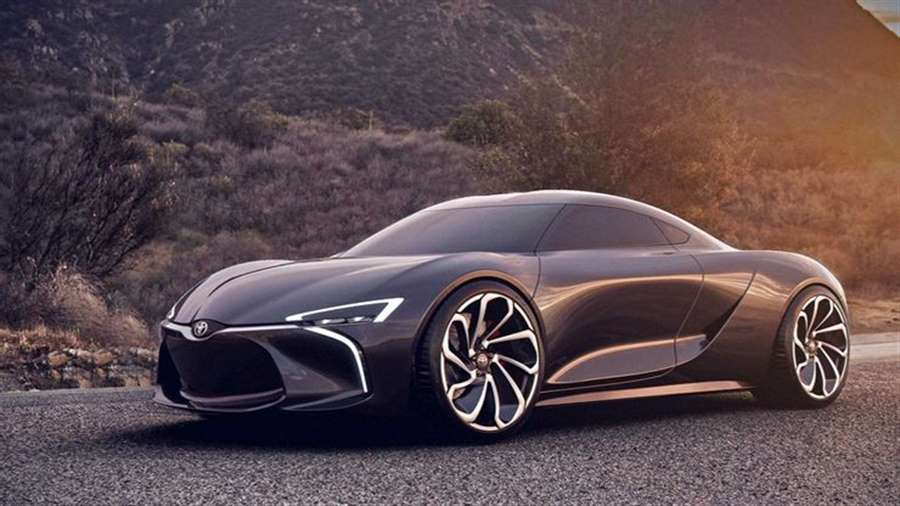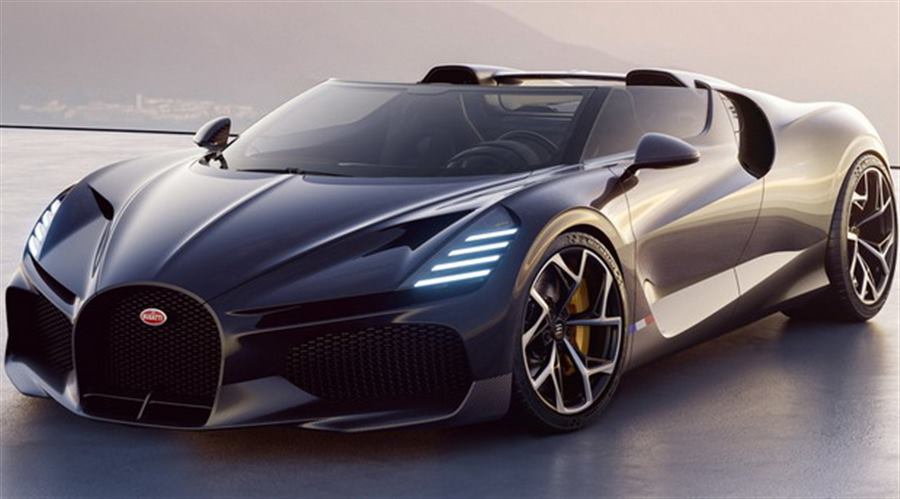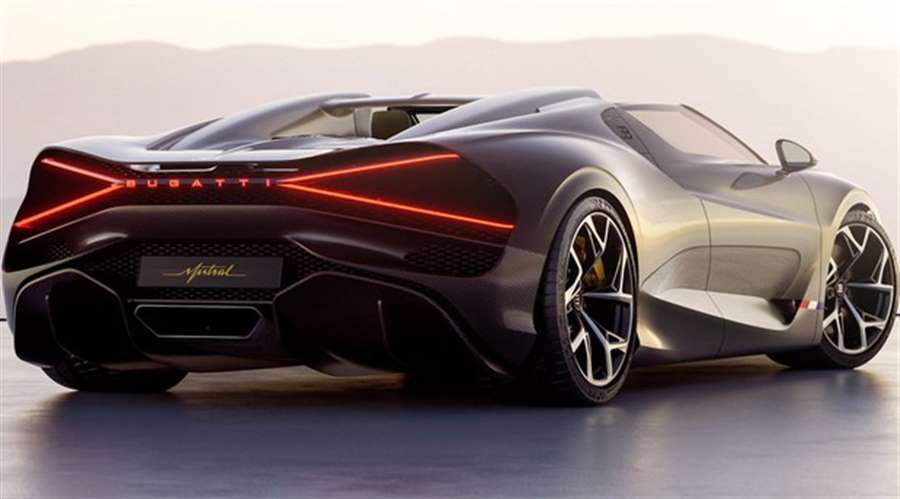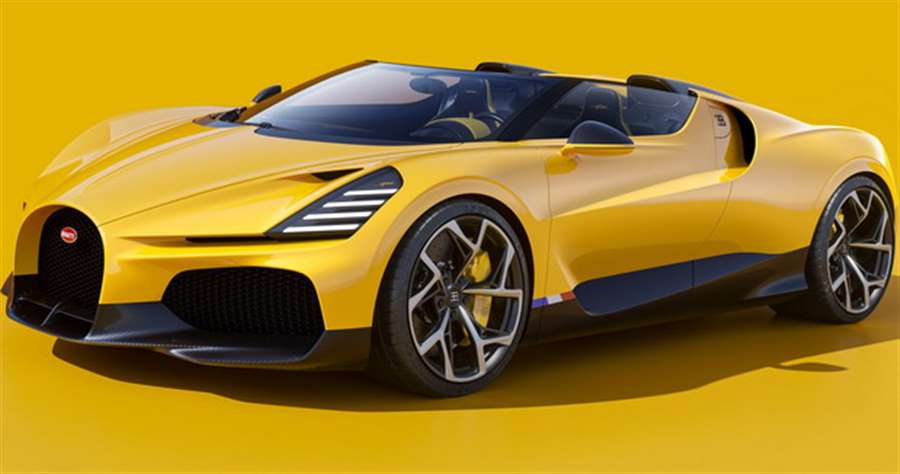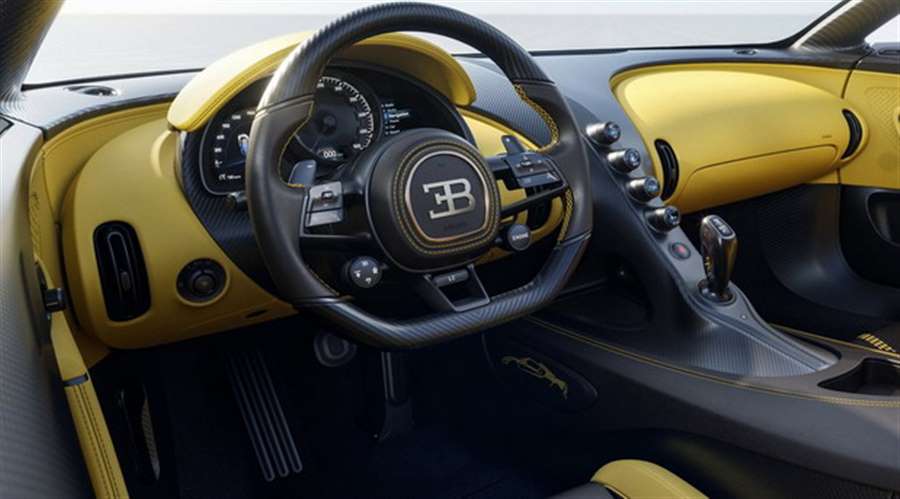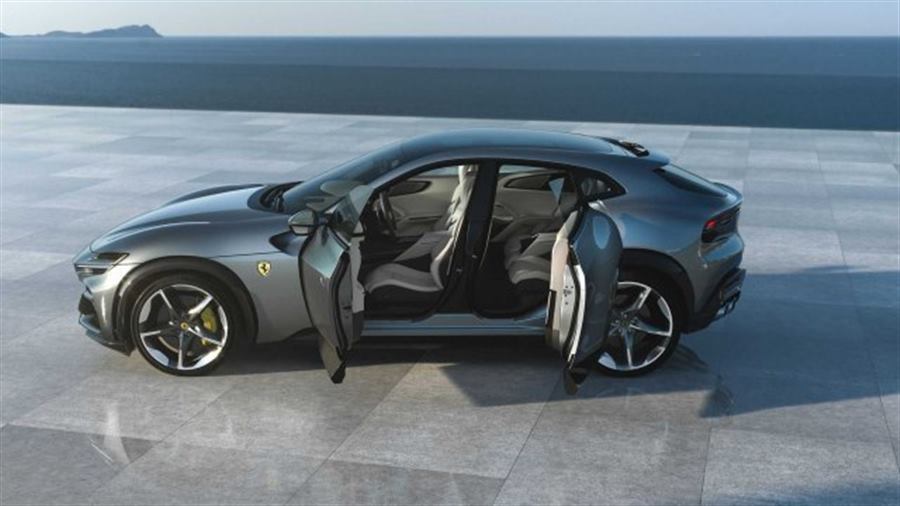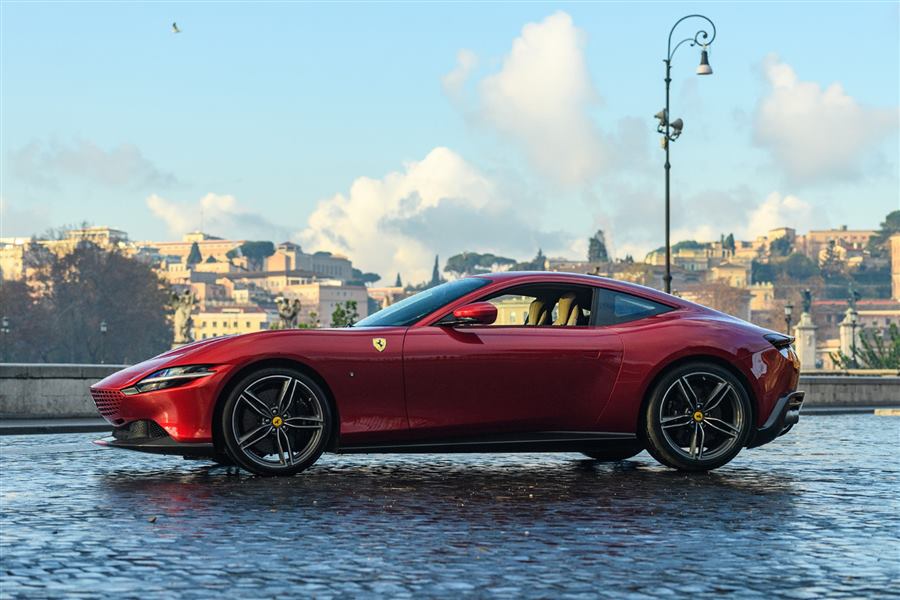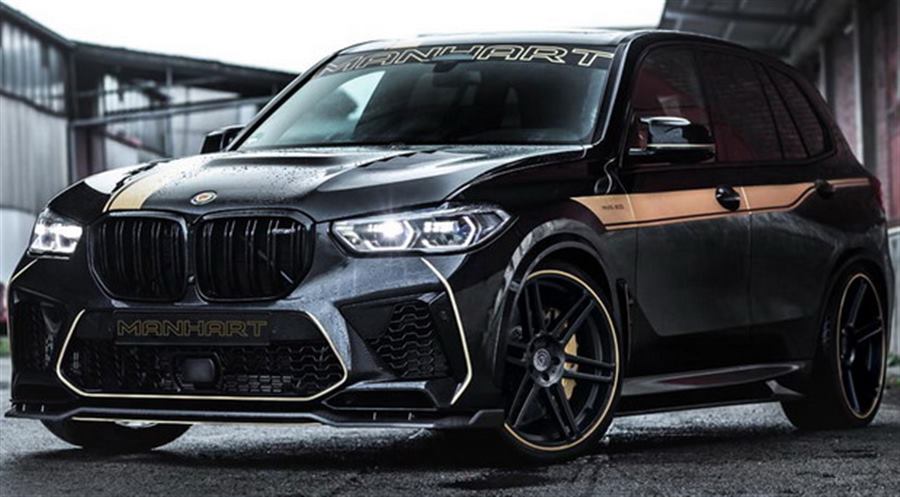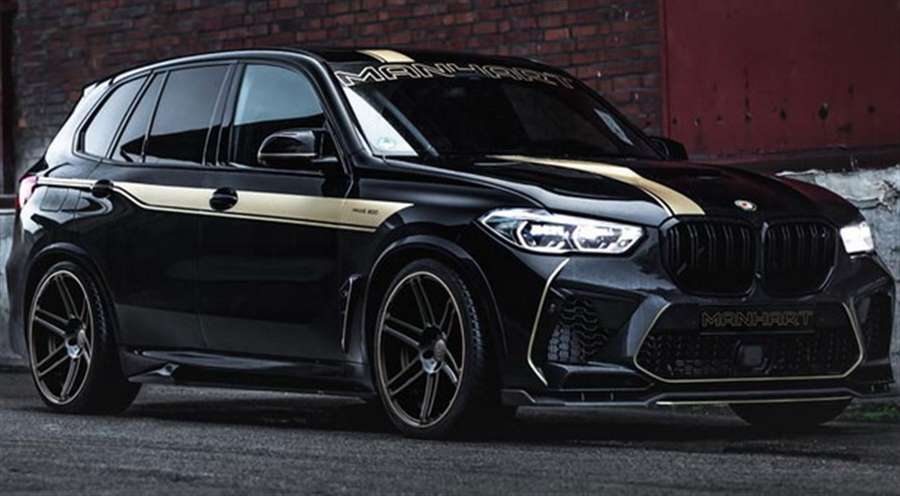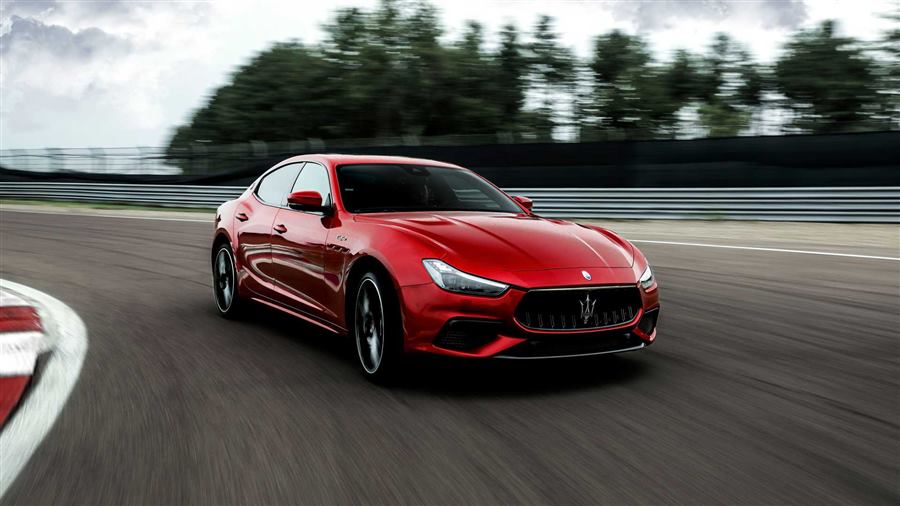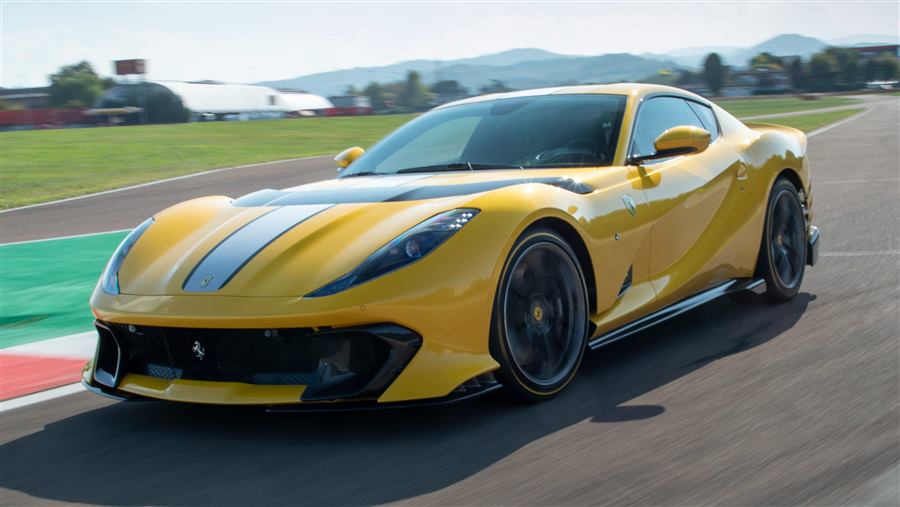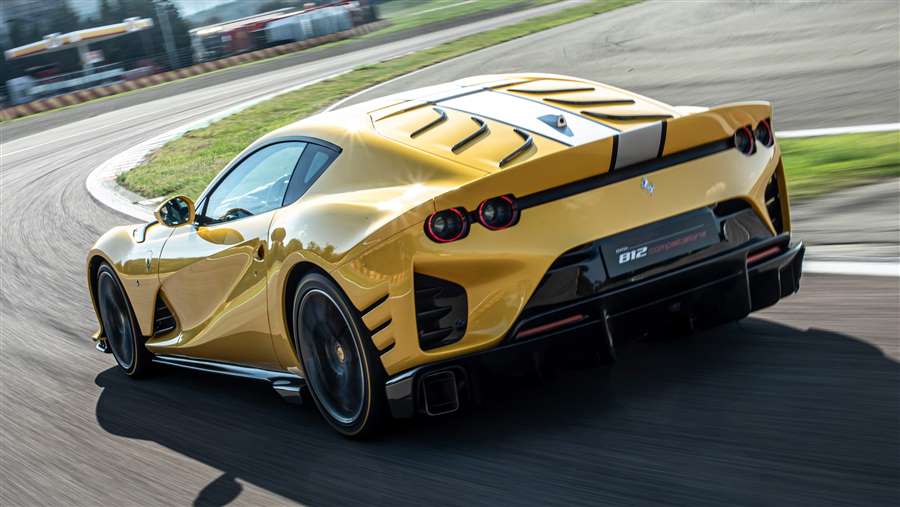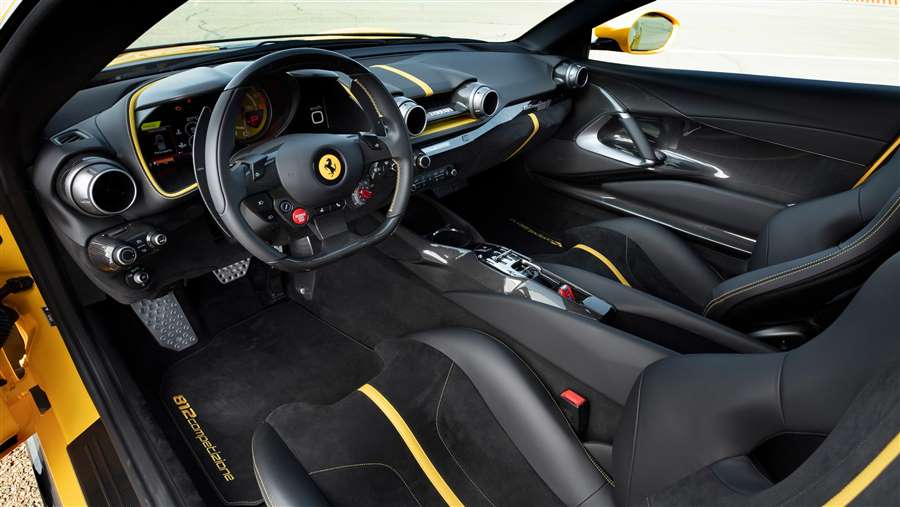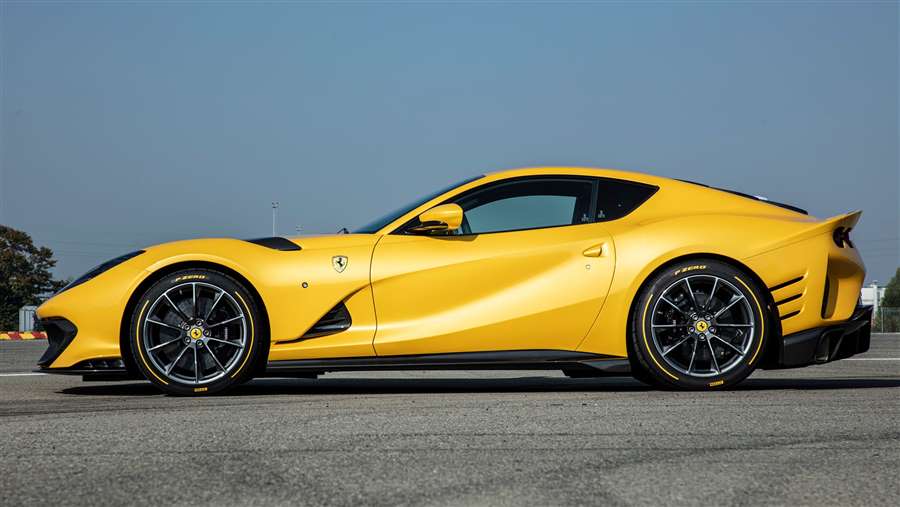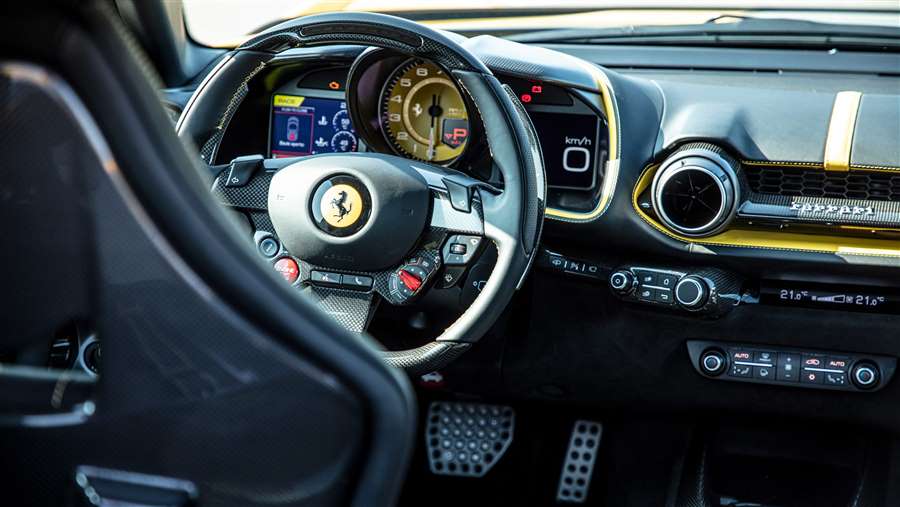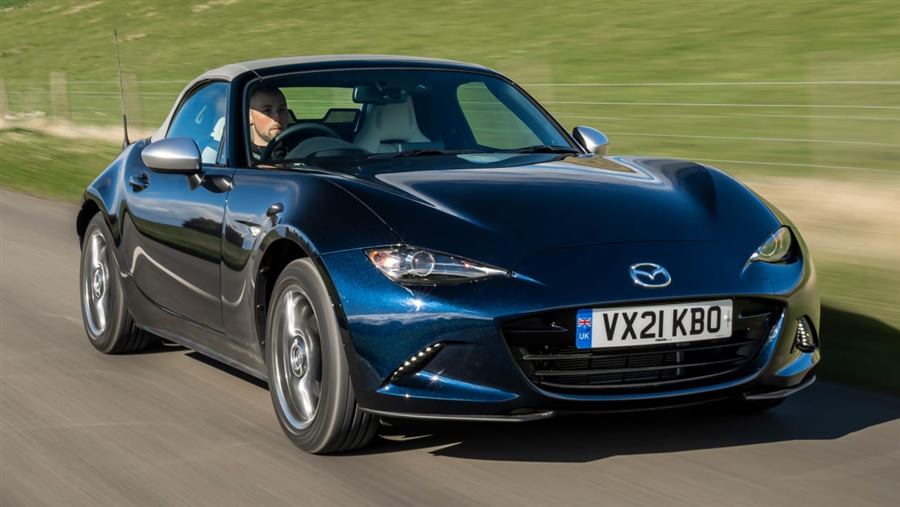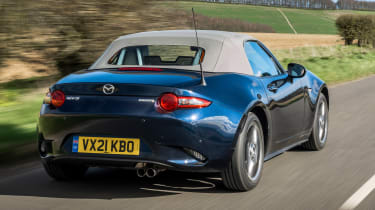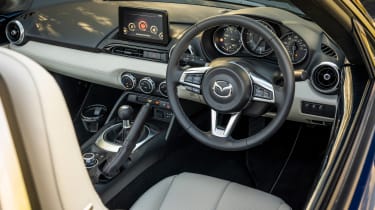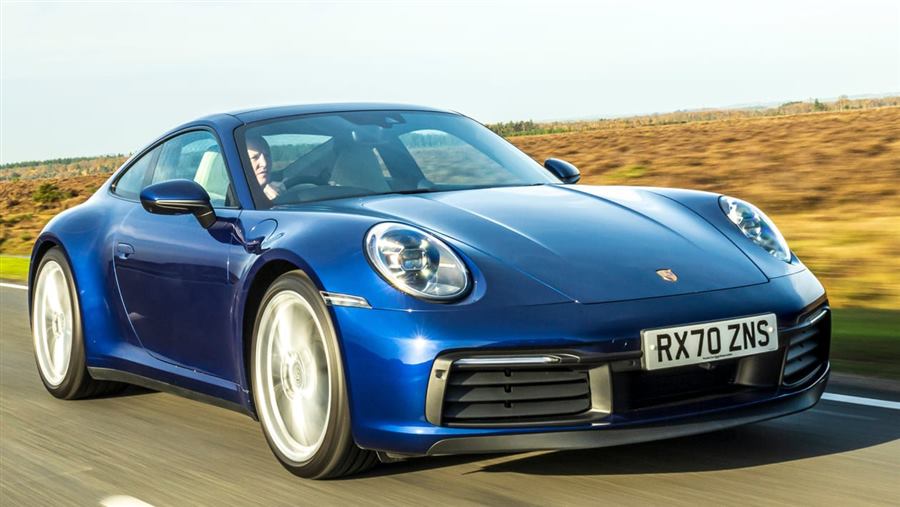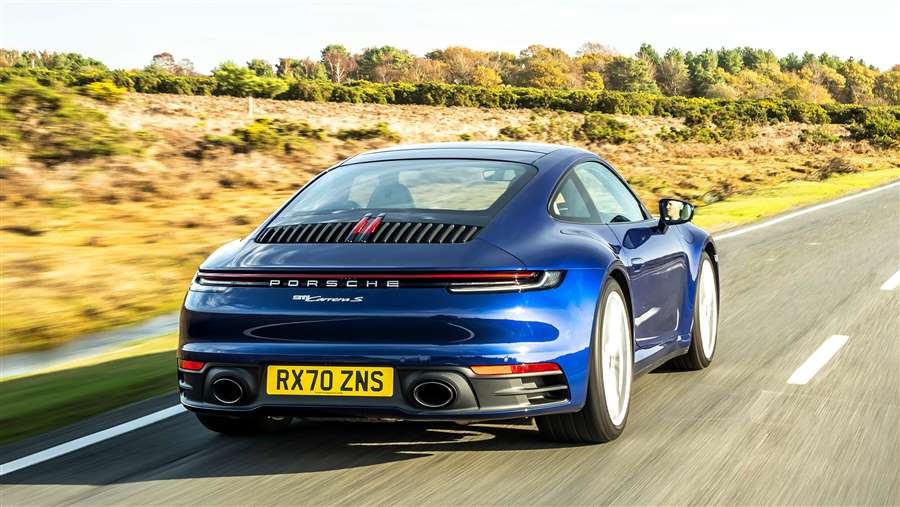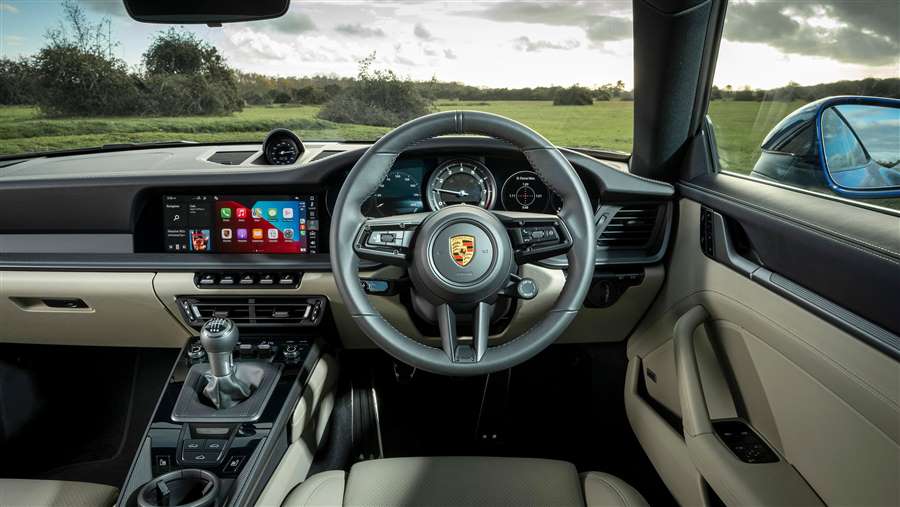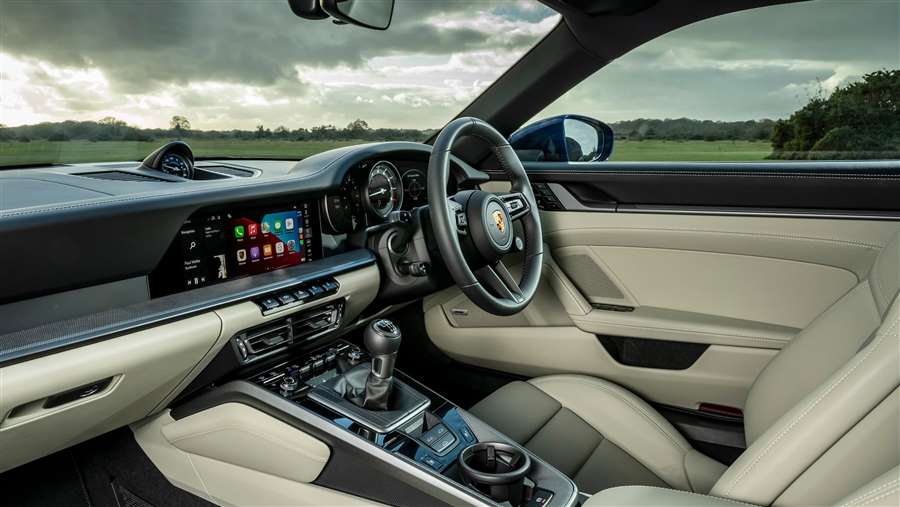Beautifully styled coupe mixes old school charm with cutting edge tech
Is the Ferrari Roma any good?
The term ‘entry-level’ has never been a particularly easy fit when it comes to Ferrari. The cars at this end of the line-up are far from affordable, after all, and once specified with a few options can easily find themselves knocking on the door of a more senior, mid-engined model.
What cars like the California T, Portofino and now the Roma do is represent a less intimidating and more usable introduction to Ferrari ownership – not as hard-edged as an F8 Tributo or astronomically expensive as an 812 Superfast, but in possession of enough Maranello magic to ensure their drivers go on to become Ferrari owners for life. Or so the theory goes.
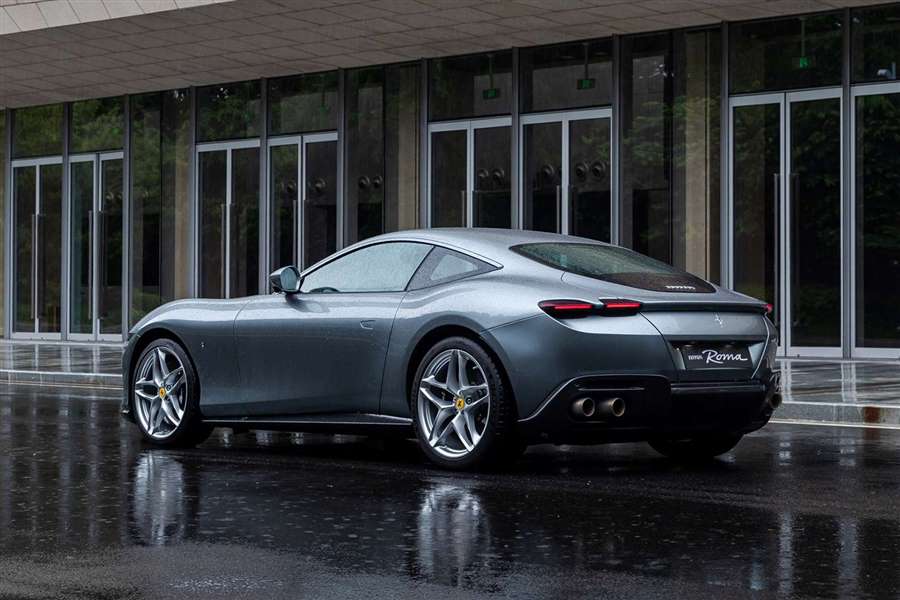
Trouble is, in order to make cars that are easy to use and live with, in years gone by they also felt a bit watered down – still astonishingly fast, just not quite as mind-blowingly so as something with the engine in the middle. Brilliant to drive, but with one or two modes missing from the firm's Manettino drive mode switch.
The Roma is a conscious effort to redress that balance, and it does so by harking back to a bygone era of luxury motoring inspired by 1950s and 60s Rome.
What's it like inside?
Is it all throwback styling with a retro interior? No – in fact it’s the opposite. As with the SF90 the Roma features an entirely digital cockpit made up from a large screen behind the wheel and another portrait infotainment unit in the centre.
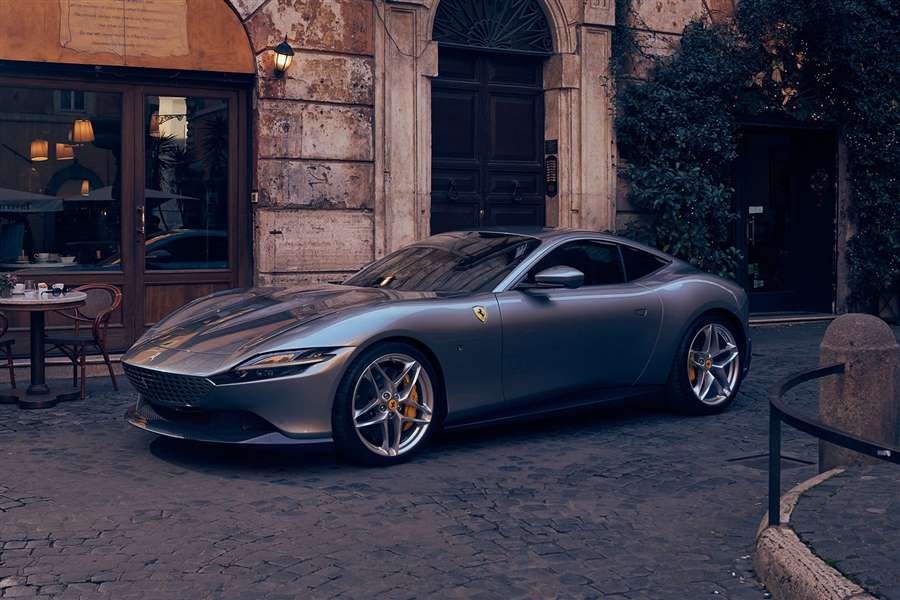
Hardly cutting edge (Audi gave us the Virtual Cockpit years ago) but a leap forward for this Italian maker, and typically it’s done so in the most Ferrari way imaginable.
2021 Ferrari Roma cabinEnlarge0videoEnlarge40photo
So you still get a massive central rev counter right in your eyeline, and while the wheel features lots more functions and controls than it used to, they’re only lit briefly when in use, before dimming away invisibly as to not distract you from the job of driving. Also, button free wheels look much cooler.
You could be excused for thinking a greater focus on top end performance would make the Roma twitchy and uncomfortable elsewhere, but the reality is far from it.
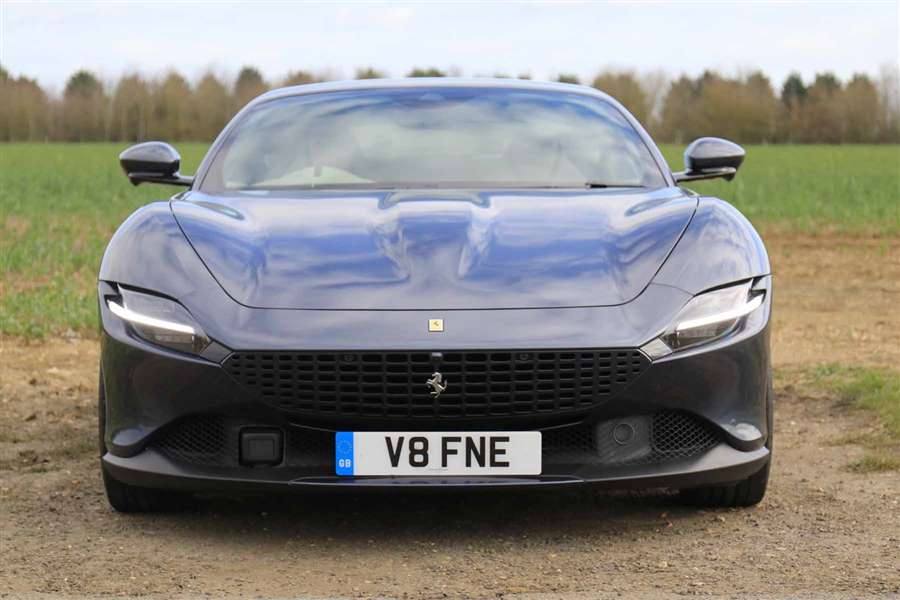
There’s also a very usable boot, and some slightly less usable rear seats, although the latter can be folded down to expand the luggage capacity even further.
What's it like to drive?
On this front the Roma also pushes the agenda onwards – as such you get five drive modes on the rotary Manettino switch (including Race) and underbody aero to help stick the car to the tarmac without ruining its sleek exterior lines with a permanent spoiler.
Ferrari hasn’t given these things to cars at this end of the spectrum before and that should go some way to explain its intent with the Roma. It’s a supremely brilliant car to drive fast, with accessible and friendly handling that makes the driver feel front and centre, while also providing a largely invisible safety net.
This is mostly down to a variety of driver aids including the latest version of Side Slip Control. This will allow the rear end of the car to step out during exuberant cornering, but not so much that you end up facing the wrong way.
The ride is surprisingly supple and can be slackened off even in the racier modes by pressing the Manettino button to enable Bumpy Road mode.
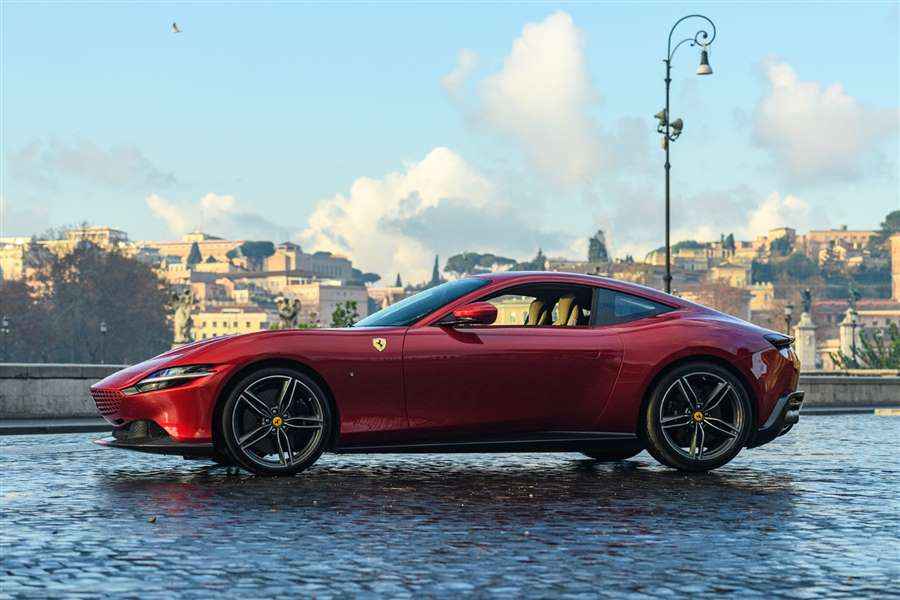
In fact we think that it’s in one of the more relaxed settings, with the engine barely ticking over at motorway speed, where the Roma is most impressive. You could happily waft down to an Alpine pass, arrive without feeling broken, and then pick it to bits in Race mode. An impressive combination.
Ferrari Roma practicality and boot space
This being a more daily-driver capable Ferrari means there needs to be more than a small nod towards practicality. Things like single-piece carbon bucket seats with race harnesses and a stripped-out cockpit with nowhere to store a bag of sweets are unlikely to win a buyer’s heart here.
How much space is there?
In the back there is a pair of seats suitable for very small children, or more realistically, additional luggage for a weekend away. They’re no smaller than you get in a Porsche 911 though, and they fold down to unlock a large rear storage compartment.
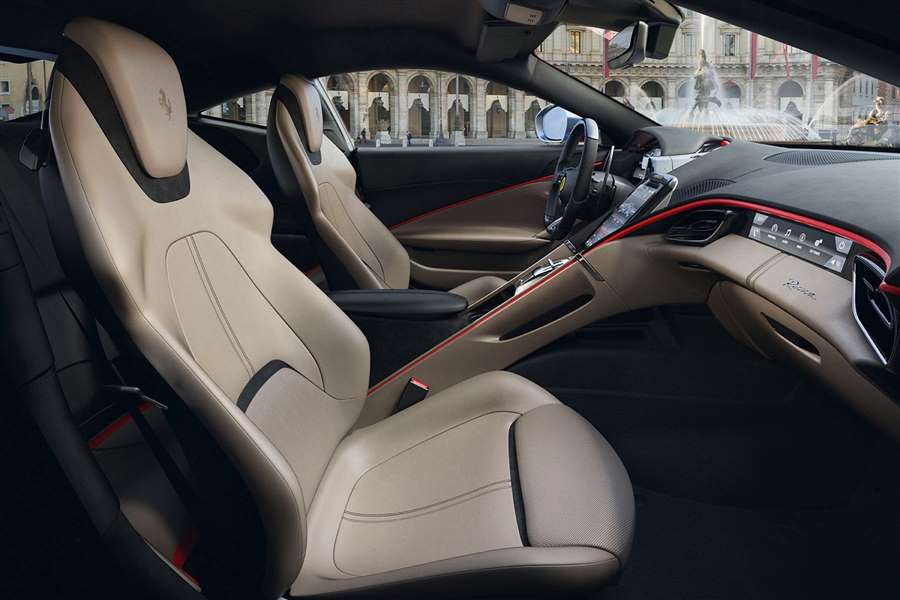
Boot space and storage
The boot itself is pretty good, ranging between 272-345 litres with the seats up or down – which is good enough for two big suitcases or three squashy bags (or ideally some exquisitely tailored luggage), with a usable size and shape to the aperture when the lid itself is open.
Elsewhere, you get a few spots to store things up front, including a single cup holder, plus some slim door pockets and a second cubby in the centre console. There’s an underarm storage bin too with a USB socket and 12v charger.
The styling of the Roma’s interior divides the driver and passenger into two different pods – the latter even gets their own screen showing options like the speed and revs, audio, and car settings. Plus the trademark chequerplate in the footwell to brace themselves on.
While there are a few key references to previous Ferrari cabins, this new layout is quite a divergence from what has come before, but in a welcome way.
Infotainment and tech
The new infotainment suite (first seen in the SF90) includes a 16-inch curved driver’s display with three views – a minimalist one for sporty driving, a full map view for long trips, or a mixture of both with a characteristic big centre tacho. To the left of this is an 8.4-inch portrait touchscreen not entirely unlike the one in a McLaren.
Ferrari has always been good at giving the driver just the right amount of information and functions so you can concentrate entirely on the job of driving, but as time and technology has moved on, the button count has naturally increased.
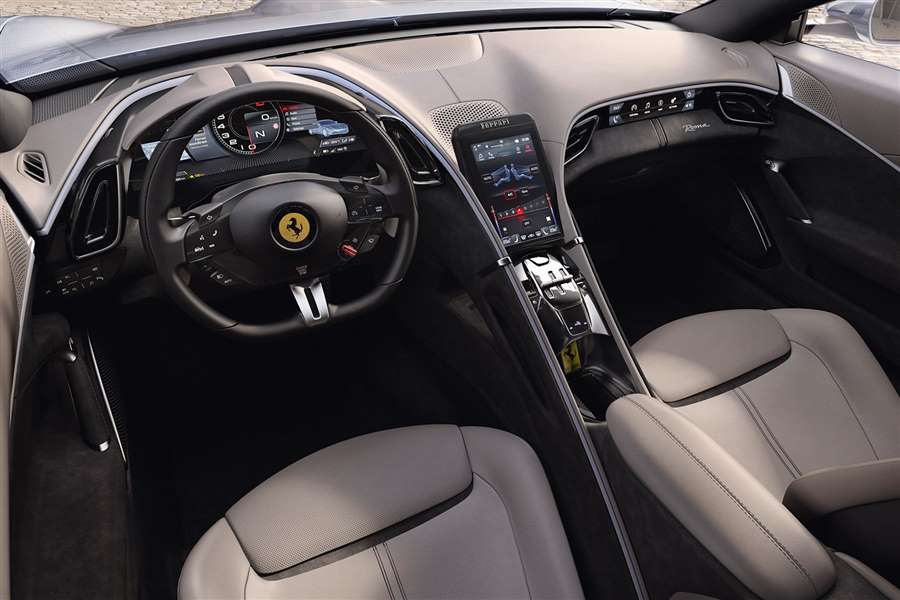
As a car designer you can either strip this all away to leave a more focussed dashboard, or go wild with switches and dials to make it simple to use. The Roma attempts to do both.
That means loads of touch sensitive controls that are lit up when being used but invisible when not, to give you plenty of control over the car’s various functions without looking like an explosion in a button factory.
In fact the only physical cockpit controls are for the windows, gearbox, and launch control. Then on the wheel you get proper buttons for the lights, cruise control, wipers, and indicators. The gearbox is arranged to look a bit like an open-gated manual shift, which is a nice touch.
Even the engine start is a touch sensitive pad, as are those which you use to control the functions on the driver’s screen.
2021 Ferrari Roma gear engine start buttonEnlarge0videoEnlarge40photo
As such this leaves the wheel itself looking clean without sacrificing functionality. The only downside to this was a small amount of lag and lack of sensitivity in the touch controls, meaning they’re not as intuitive as we’d like.
The shift paddles are still massive and epic, though, so zero complaints there.
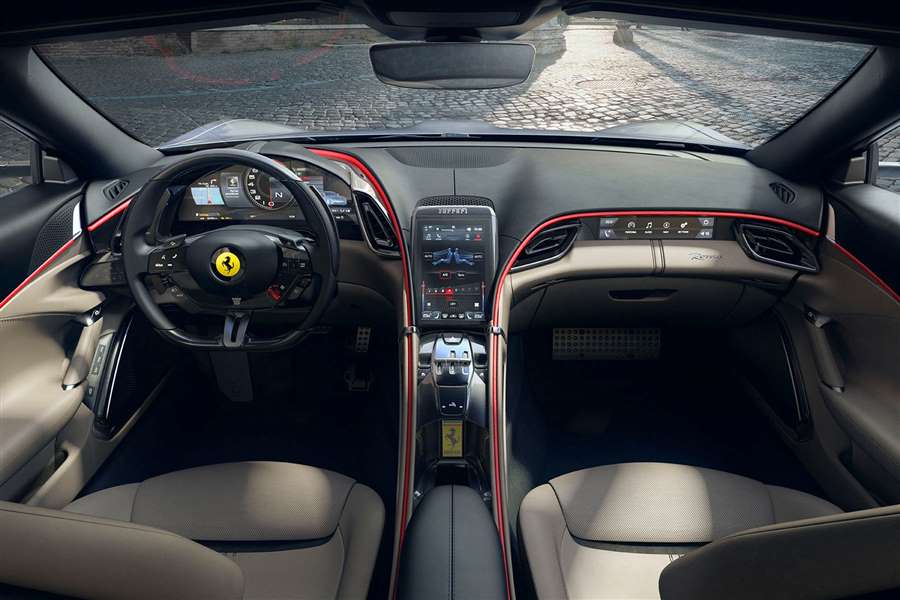
In an area where the Roma obviously needs to perform well, the comfort levels of this corner-carving Ferrari sportscar are surprisingly high, all things considered.
Taller drivers on the Parkers team found the headroom a bit restricted, so that’s worth taking into account, plus the pedals have been offset slightly in the swap to right-hand drive. Neither of these add up to a particularly uncomfortable driving position, but can induce a bit of back or leg pain on a long drive. Those of a shorter stature found no problems at all.
The seats are quite hard but with adjustable bolsters you can get them into the right shape, and their firmness offers a good amount of support that means you don’t end up slouching.
In one of the more laid-back modes it’s easy to imagine taking the Roma on a long and taxing drive. The engine noise never really goes away but it’s muted enough on the motorway, and there’s less tyre and wind rush than expected, too. This isn't ever going to be a Bentley Continental GT, but you won't necessarily wince at the prospect of covering a longer journey in it.
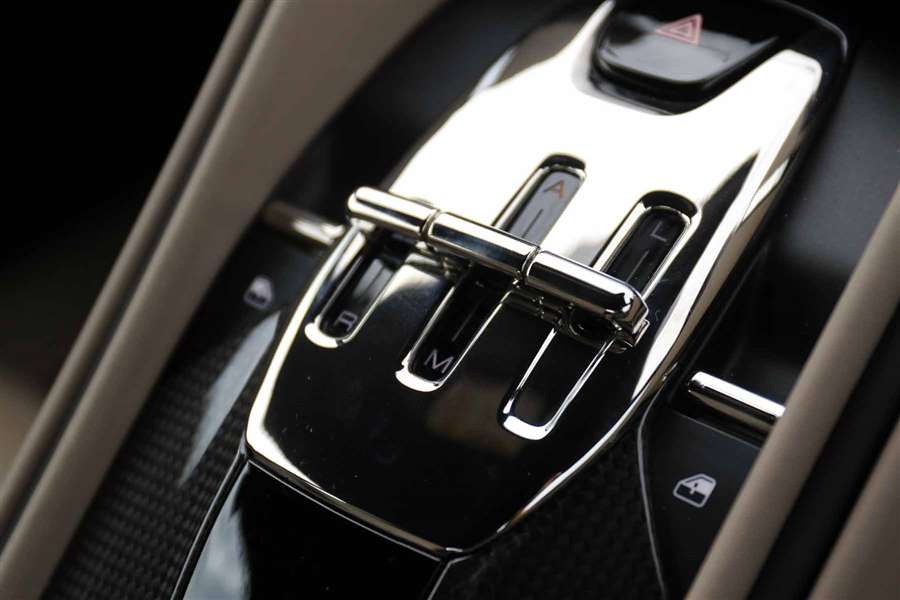
Best of all the ride is comfy enough for all but the lumpiest of UK roads, and when you turn the Manettino dial up to the sportier modes, you’ve got the option of instantly slackening the suspension off by pressing it and activating Bumpy Road mode.
Ferrari Roma running costs and mpg
Let’s keep this brief because nobody is buying a Ferrari under the pretext that it’s going to be cheap to run. This is a car that needs looking after properly rather than cutting corners on consumables.
MPG and CO2
Happily though, thanks to a combination of a slippery profile and less weight, the Roma is more fuel efficient than the Portofino, with 21mpg and 255g/km of CO2 output on offer.
As you’d imagine it also uses less fuel than an F8 Tributo, so while overall it’s still quite thirsty, within the context of the Ferrari range it’s actually pretty good.
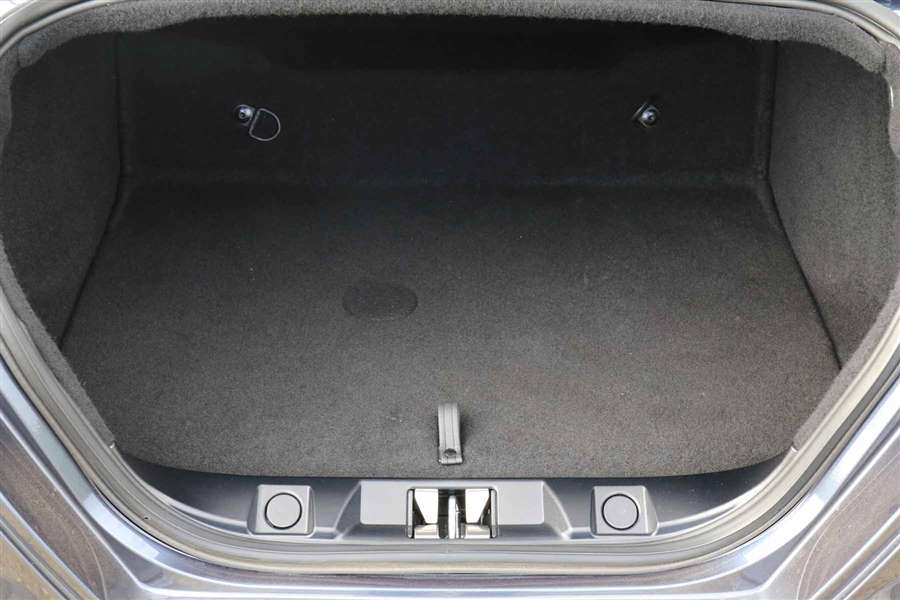
While the mechanicals under the skin of the Roma have been used elsewhere in the range for several years, the new tech inside the cockpit is less proven.
2021 Ferrari Roma key fobEnlarge0videoEnlarge40photo
That said, with fewer moving parts than older, button-filled Ferraris there is technically less to go wrong, individually, so you shouldn’t have much cause for concern in this department. The Roma also comes with a four year warranty.
Servicing and maintenance
There’s also a seven-year Genuine Maintenance programme offered by Ferrari, which includes regular servicing (intervals of 12,000 miles or one year) which promises ‘meticulous checks’ of the entire car.
In essence, there's not much to worry about.
Ferrari Roma engines and performance
Sure, Ferrari has more powerful models in its line-up but once you’ve gone past the 500hp mark there are few occasions on the road where performance feels lacking. Typically there was no point during our time with the Roma that it lacked the answer to a question asked by our right foot. The Roma's reserves feel bottomless, as befits its sports touring nature.
A 3.8-litre V8 and two turbos means 620hp and 760Nm of torque, and 0-62mph ticked off in 3.4 seconds. While a top-end rush has been deliberately engineered in, it's easy enough to keep the rev needle in the mid-range and find more than adequate power. There's no need to drop loads of gears or wait for the boost for the turbos to arrive, it’s just ruthlessly fast, all the time.
It’s not one dimensional though - the different driving modes accessed by the Manettino switch on the steering wheel all offer very distinctive power deliveries, ranging from soft and progressive in Wet and Comfort through to the sharper and more responsive Sport and Race – here the accelerator barely needs to be brushed in order to deliver a surge of forward momentum, but in its more moderate modes, the long travel throttle pedal needs a good push to get going.
Race mode might sound intimidating but it’s the one tuned for the most amount of fun on the road, rather than setting new personal best lap times at Fiorano. This fastest setting gives the Roma breath-taking pace and delivers the full 760Nm, although you’ll need to be in 7th or 8th gear to get it, because the torque on offer increases as you climb the gears.
Compared to the old Portofino (there’s a new M variant with a new gearbox) the Roma has an extra ratio in its eight-speed dual-clutch ‘box, and the lower gears have been made shorter. That means punchier acceleration and lazy cruising – the car is barely ticking over at motorway speeds.
As with the Jekyll and Hyde power delivery, the gearbox also displays impressive duality - able to blur its ratios seamlessly or deliver pin sharp shifts that punctuate heavy braking moments with a loud flare of revs.
Left to its own devices and driven at anything less than flat out, it did seem keen to get into the highest possible gear, but turn up the heat a little and shifts are completed with Ferrari’s trademark telepathy. There’s still enough reward on offer in using the brilliantly clacky and large column-mounted shift paddles, though, to convince you into manual mode every now and again.
The engine can be quite restrained in volume especially when cruising in top gear where its song is barely present. Although this is never the case on start-up where it is consistently flamboyant. With more enthusiastic driving comes a satisfying soundtrack - if not quite as soaring as older V8 Ferrari models - that is full of bass and gravel at low rpm and a higher pitched howl closer to the redline.
All-in-all this makes the Roma a versatile car - equally happy wafting about as it is picking your favourite B-road to bits. But more on that in the next section.
As a bit of a two-things-in-one-car the Roma runs the risk of feeling compromised, particularly in the often-opposing areas of comfort and handling. To an extent it does, but only within the framework of Ferrari's more focussed models - it's not as sharp to drive as an F8 or as cossetting as a GTC, but bear in mind that those are high benchmarks.
What it is though is a very usable balance of both - at no point could you describe the suspension as luxuriously soft, but it's fine for daily use, only getting a bit out of shape on really bumpy roads – while the way it handles can easily blow sports cars from other manufacturers into the weeds.
None of this should be a surprise of course, as Ferrari has left nothing to chance by throwing a load of tech at its new coupe. As such you get five modes on the Manettino plus underbody aero (and a pop-up spoiler) to enhance downforce without ruining those sleek exterior lines. Both of these are a first in the Italian manufacturer’s (comparatively) less focussed GT models, and that should give you a sense of its intentions.
As with the engine response, the Manettino gives you a variety of different handling responses from soft to sharp. Somewhat oddly our favourite combination was Comfort mode with the gearbox in manual. This gives you a very relaxed (but still bonkers fast) set up that suits the car's suave and unflustered appearance.
Still, Sport and Race do increase the response from the throttle and steering to very satisfying levels, while firming up the suspension to improve body control. You can dial this back by pressing the Manettino to utilise Bumpy Road mode, which offers a nice balance on UK roads, while still hugging the ground.
When it comes to driving quickly the Roma again offers a breadth of attitudes – if you enter a corner tentatively and feed the power in it'll hook up nicely and fire you out the other side in a neat, grippy manner. However, go in with more confidence and give the gas a big push and the rear end of the car will swing out to a point controlled by lots of clever electronics.
Chiefly this is down to the Roma’s Side Slip Control, which ties together the traction control, electronic differential and something called ‘Ferrari Dynamic Enhancer’ to interpret your inputs and let the rear of the car move around accordingly. It’s essentially a traction control system that lets the rear of the car have a little slide without wiping out, and is capable of making you look absolutely heroic while providing something of a safety net. Even so, this is best explored in a controlled environment.
The steering is quick and linear but not as fast as the F8, making it seem more relaxed and less twitchy on faster roads. The brakes need a good push to get going but when you do there’s plenty of power and feel, although they were a bit grabby and hard to modulate in our test car.
Even so, it took a bit longer to get under the Roma's skin than in current or former mid-engined Ferraris, which usually feel just-right from the off. But those are a very different proposition, and once you get used to the Roma's feel it becomes a very rewarding thing to drive indeed.
Ferrari Roma verdict
Should you buy one?
By the time you’re talking about this sort of pricetag there’s not a lot of point having an argument about whether the Roma is good enough as a motorway cruiser and mountain road slayer or whether you’d be better off buying two Porsche 911s instead. Customers won’t be buying only this car, so this won’t be bought with the same all-rounder considerations as, say, a VW Golf.
That said, it is mightily impressive how convincing the Roma is as a one-Ferrari-to-rule-them-all – sure the rear seats won’t suffice if you regularly need to transport more than two people, but for anyone else this is a suitably useful daily driver that just so happens to be razor sharp when the moment takes you.
In fact, we think it approaches that balance better than the Portofino or California T that came before it and is the ideal starting point for Ferrari ownership. No, the roof doesn’t come down, so it won’t suit those looking to be seen while driving, but as a trade-off the elegant exterior lines and styling more than make up for it.
It gives you just enough of the Ferrari-fizz to leave you wanting more from a model higher up the range, but not so little that in isolation it feels half-cocked.
More impressive is the car’s ability to celebrate an older era of luxury while moving the game on in terms of interior tech and usability. All that without being an exercise in chintzy, throwback styling - it feels distinctly old school but under the skin the Roma is anything but.
Best of all though is the simple stuff – this is a front engined, V8 powered, 2+2 coupe, with no hybridisation or self-driving modes in sight. Enjoy it while you can. If you can.
(parkers.co.uk)

